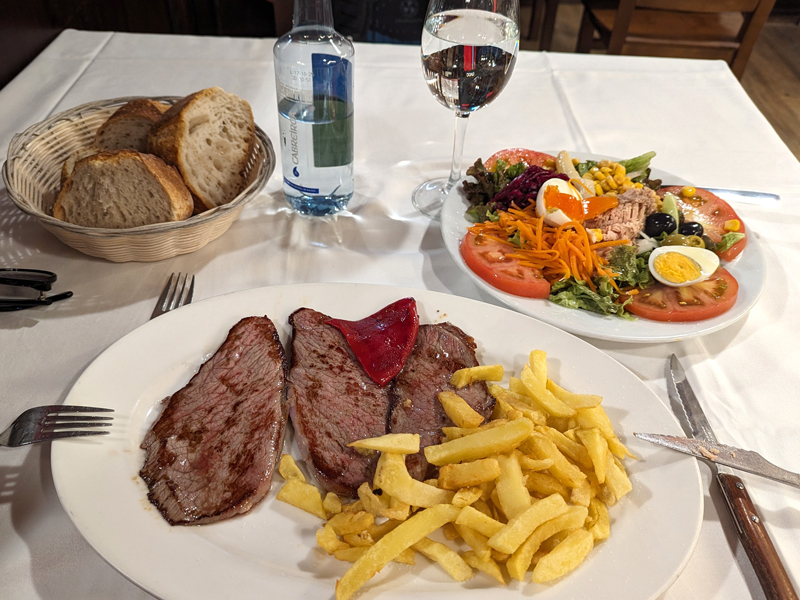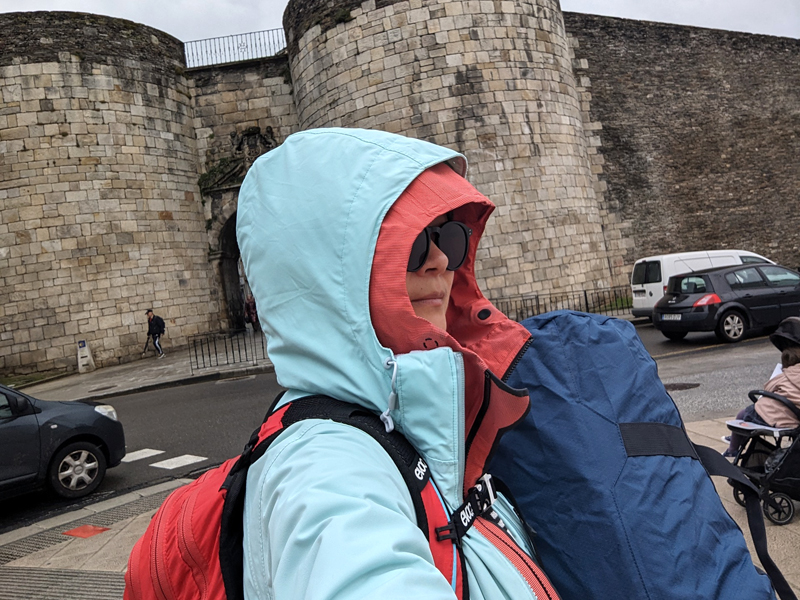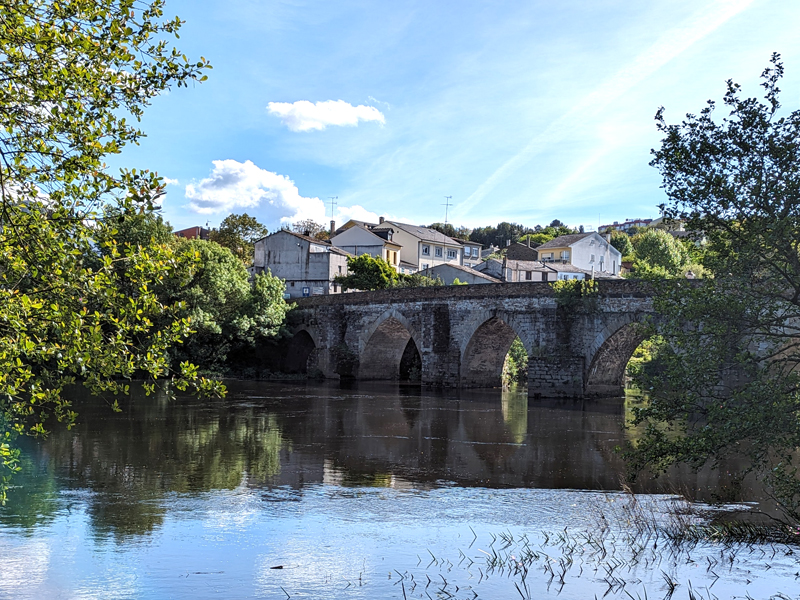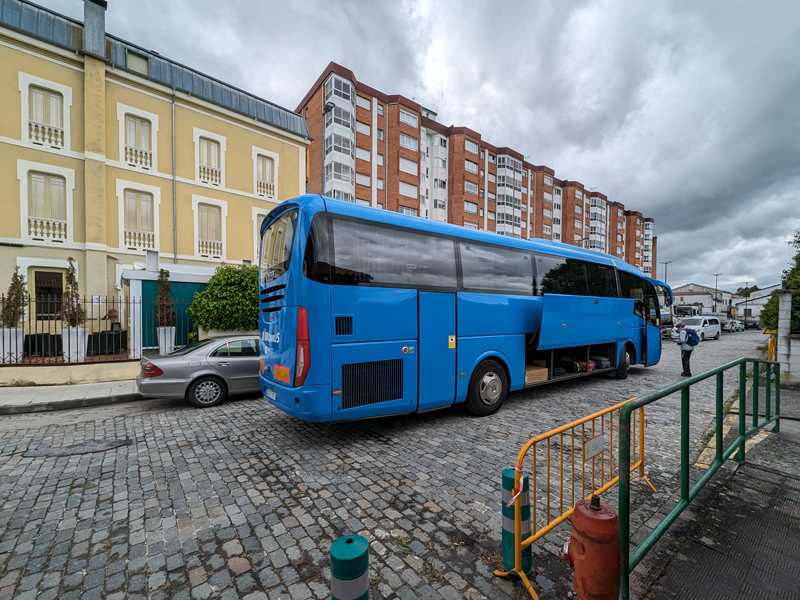The Pilgrimage Road to Santiago – Camino Francés (Part 1)
by WenThe Camino Francés, also known as the French Way, is the most popular pilgrimage route to Santiago de Compostela in northwestern Spain. It's not just a religious journey, but a historical path steeped in tradition and natural beauty.
Stretching roughly 800 kilometers (500 miles) from Saint-Jean-Pied-de-Port in France, the Camino Francés winds its way through rolling hills, charming villages, and historic cities like Pamplona and Burgos. Pilgrims of all faiths and walks of life walk this ancient path, each carrying their own reasons for embarking on this transformative experience.
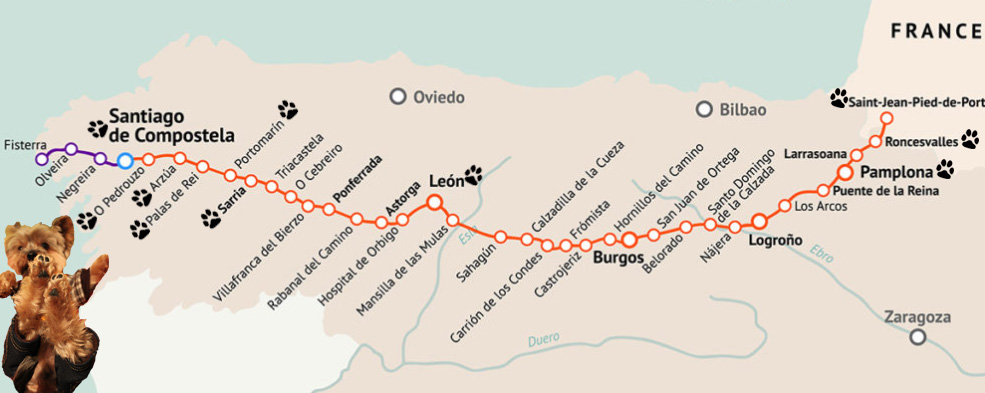
The reason behind my Camino journey
Originally, I hadn't planned an impromptu Camino de Santiago trek. However, feeling Overwhelmed by the sorrow of my dog Bear's passing, I sought an escape. My friend Miranda suggested the journey and I reached out to an old friend in Paris who enthusiastically agreed to join me. Without hesitation, I booked a flight to Paris and packed my bags within two hours. Uncertain of what lies ahead, I embarked on this journey with one clear purpose: to find answers.
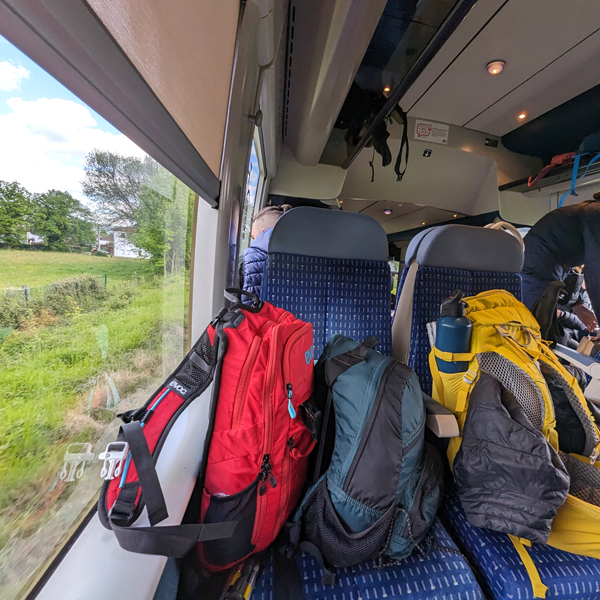
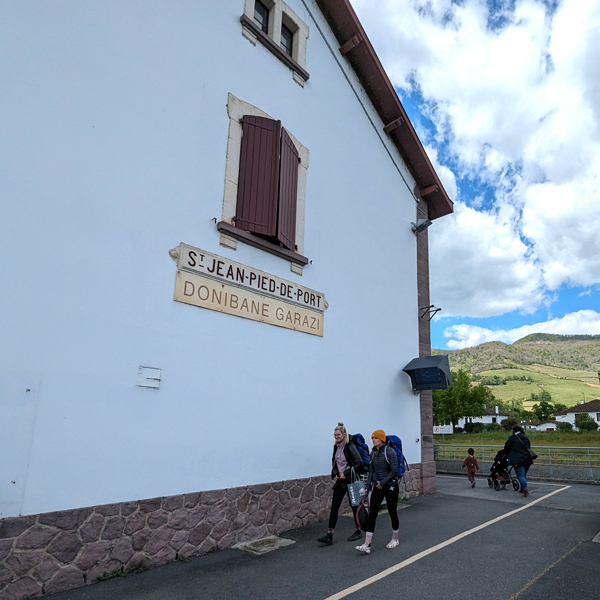
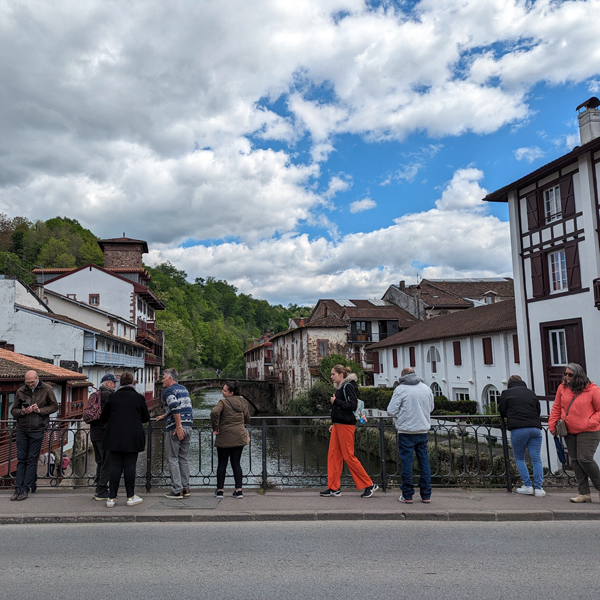
Journey starts in Saint Jean Pied de Port
Imagine starting your journey in Saint-Jean-Pied-de-Port, a quaint French town nestled in the Pyrenees. Cobbled streets and colorful houses bid you farewell as you begin your ascent, a symbolic shedding of the familiar before stepping onto the ancient path. The landscape soon unfolds its beauty - rolling hills adorned with vineyards and olive groves, quaint villages with timeworn churches, and bustling towns teeming with pilgrim life.
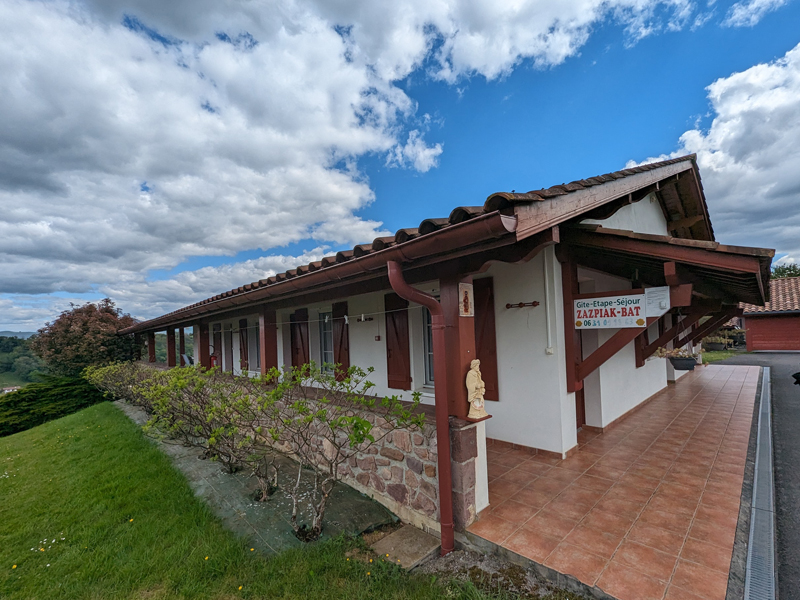
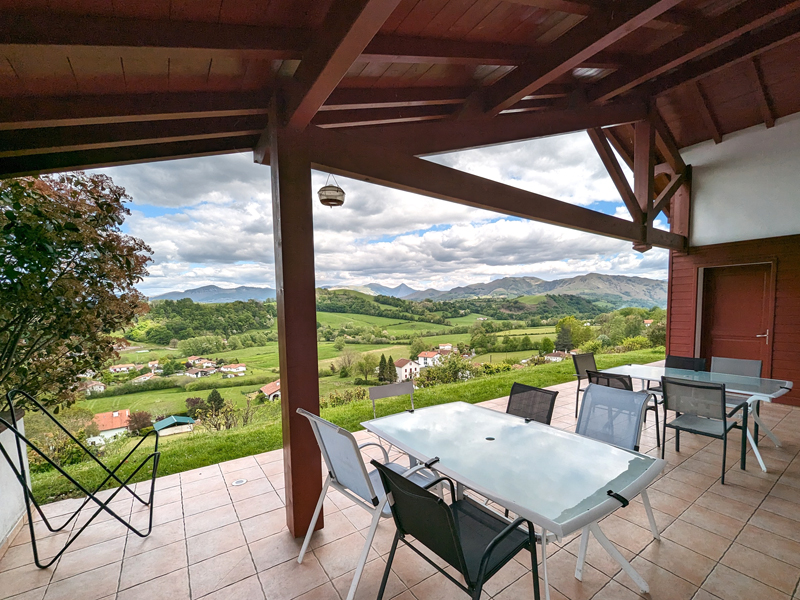
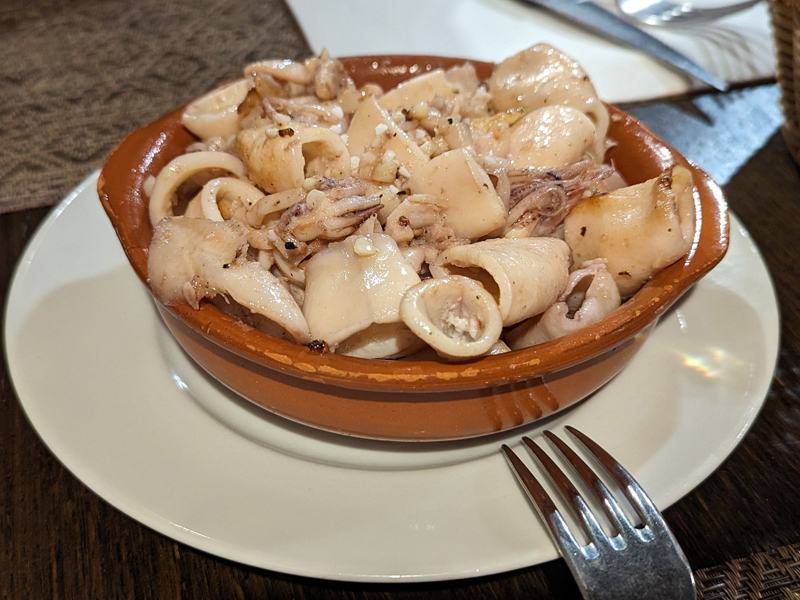
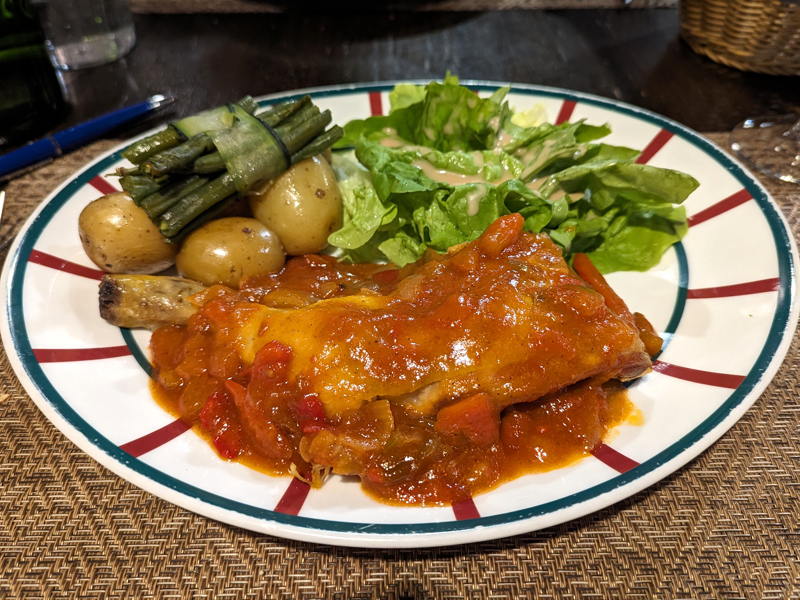

Pilgrim Office St Jean Pied de Port: Your Camino Starting Point
St Jean Pied de Port Pilgrim Office is a must-visit for any Camino de Santiago novice. As a first-time pilgrim, I was overwhelmed with excitement and uncertainty. This friendly office became my guiding star.
Helpful volunteers provided invaluable information about routes, accommodations, and essential gear. I got my pilgrim passport, the iconic credential, and received expert advice on preparing for the journey. Their enthusiasm was contagious, fueling my determination to embark on this incredible adventure.
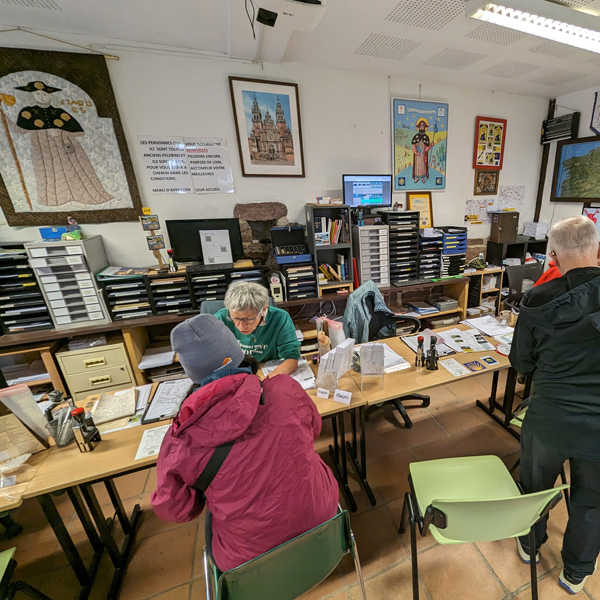
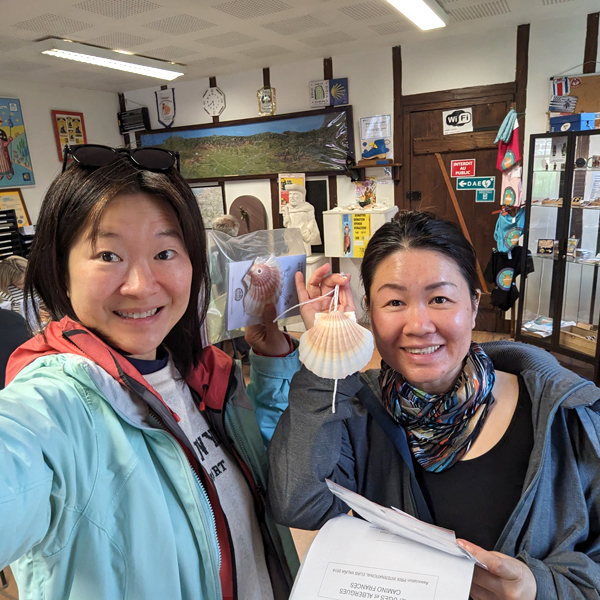
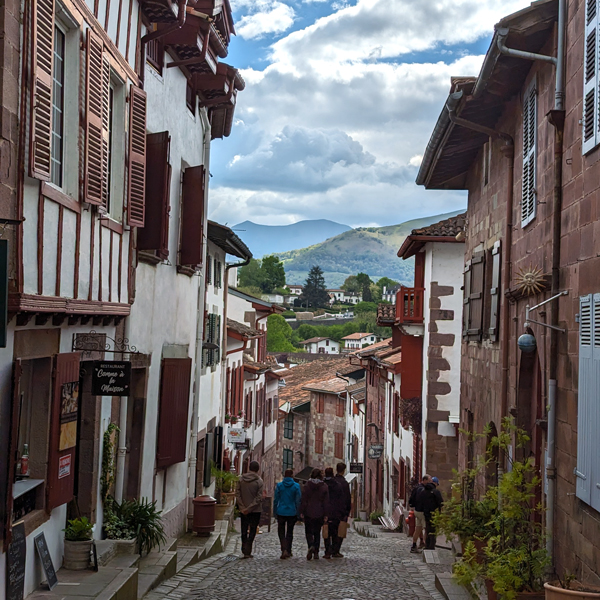
DAY 1 - Saint Jean Pied de Port to Roncesvalles (25KM)
Our first day began later than planned due to a gear shopping stop. We equipped ourselves with the necessary items for the trek: raincoat, clothes, hiking shoes (realizing my shoes were no match for the wet conditions, I had to purchase a new pair), gloves, and more. With 25 kilometers as our daily target, we opted for a 10-kilometer taxi ride in order to reach our destination before nightfall. Despite the delayed start, covering 15 kilometers walk on our first day was a promising beginning.
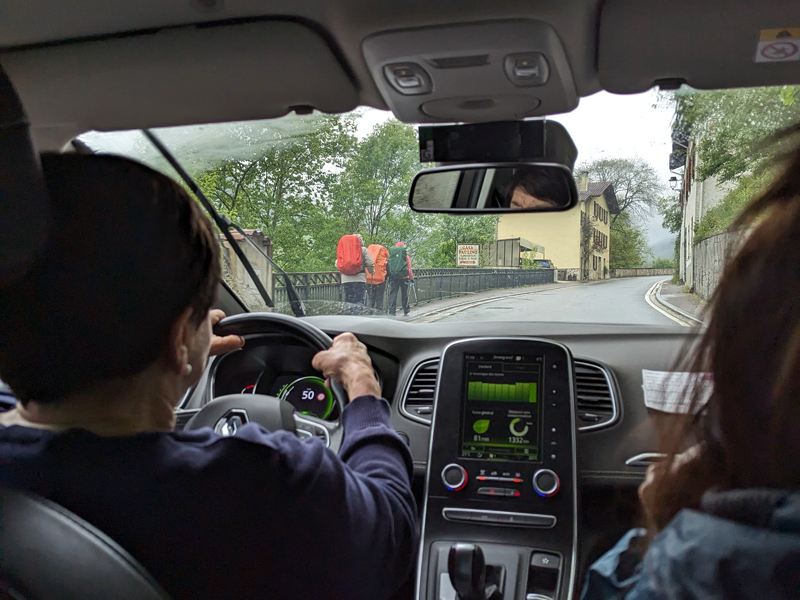

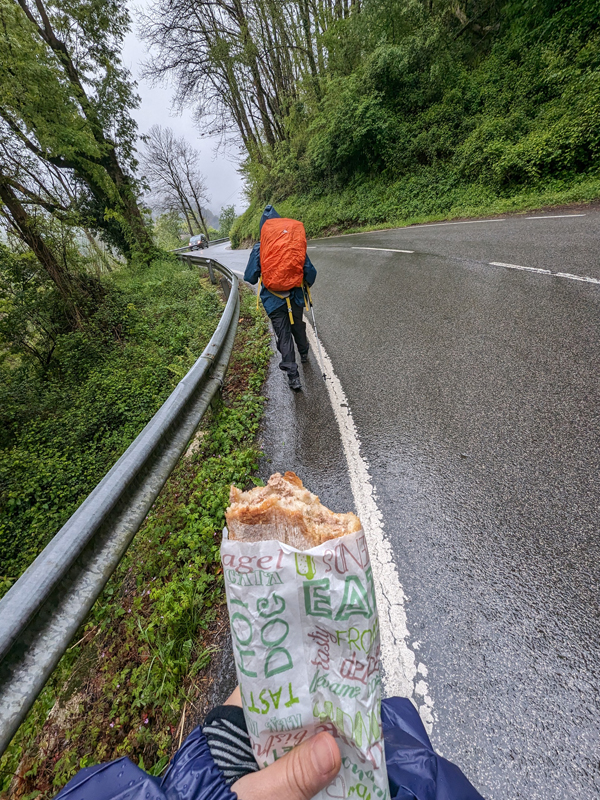
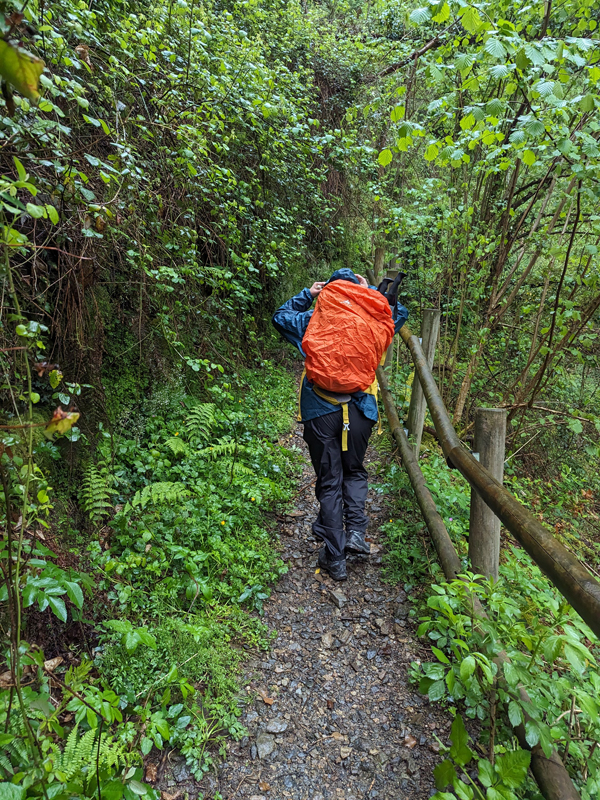
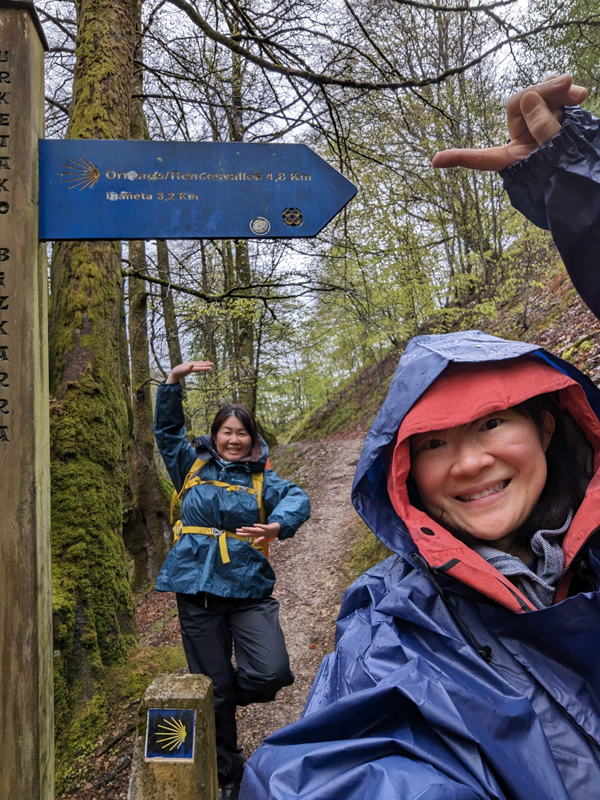
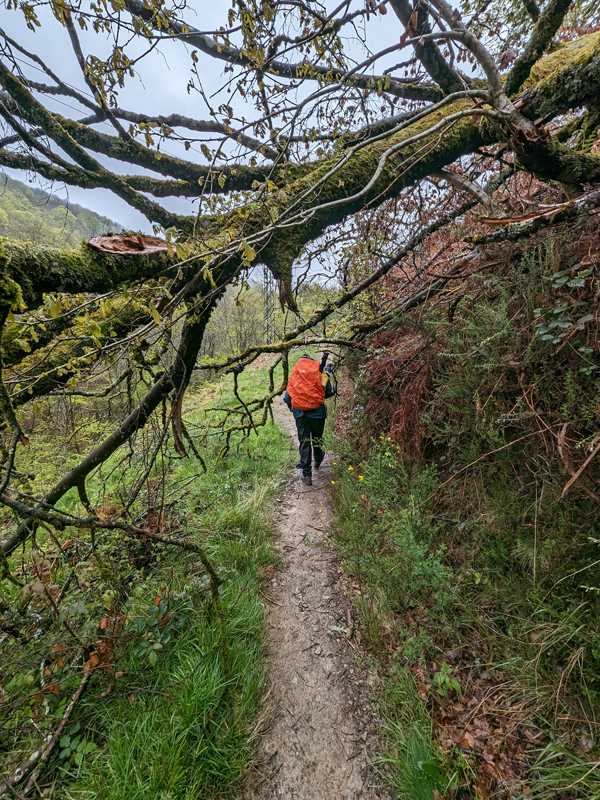
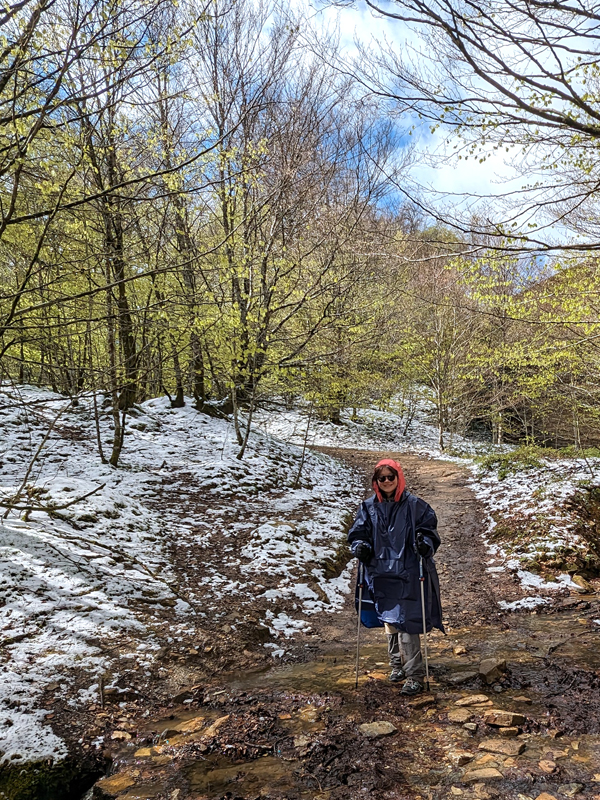
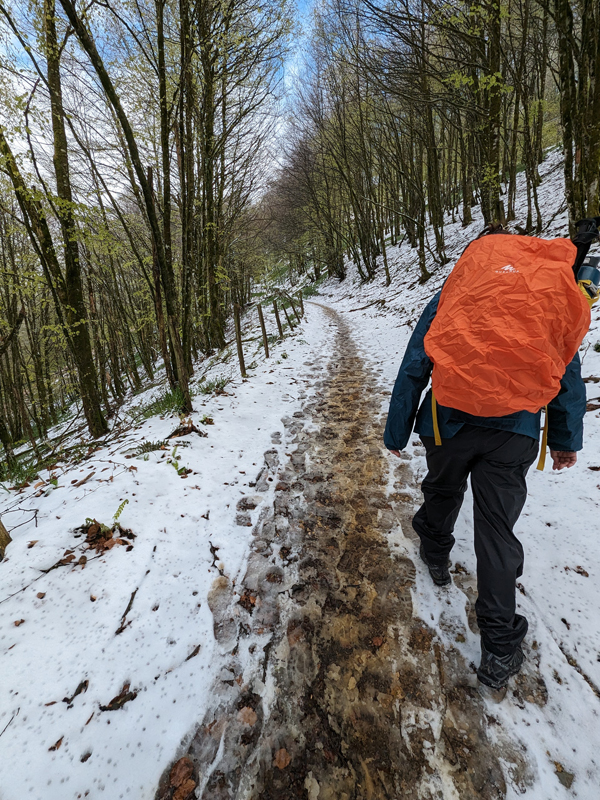
Roncesvalles
After a challenging 15-kilometer trek, we finally reached Roncesvalles, our first Spanish town. Tonight, we'll rest at La Posada de Roncesvalles. Thankfully, our backpacks arrived at the hotel ahead of us.
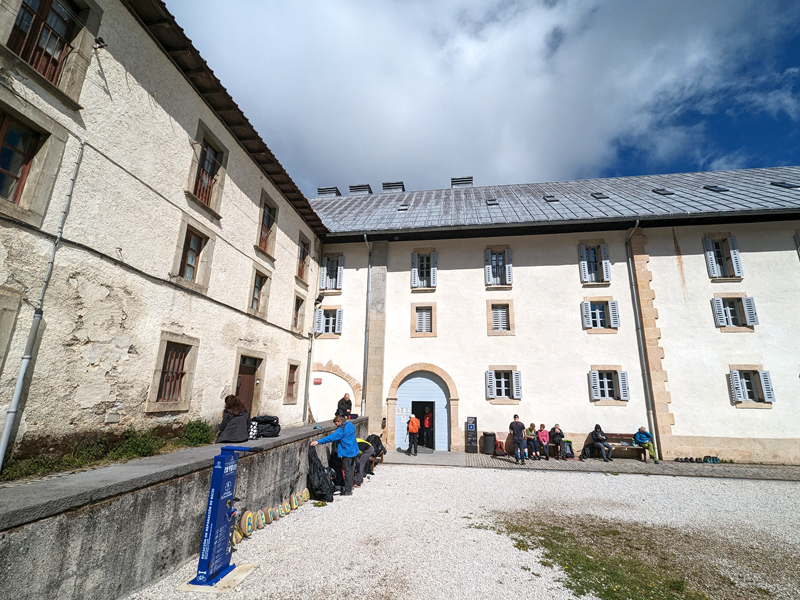
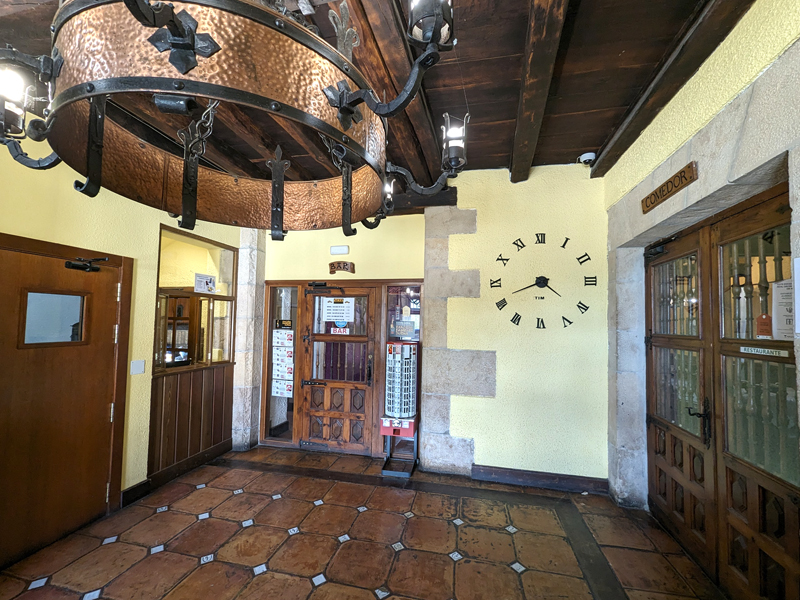
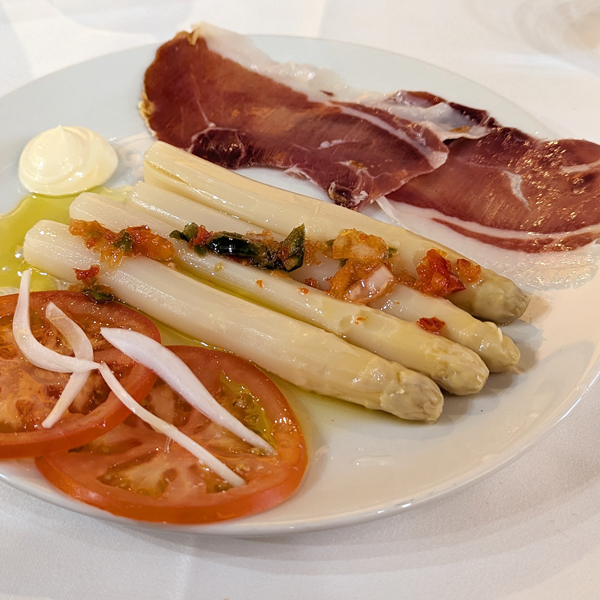
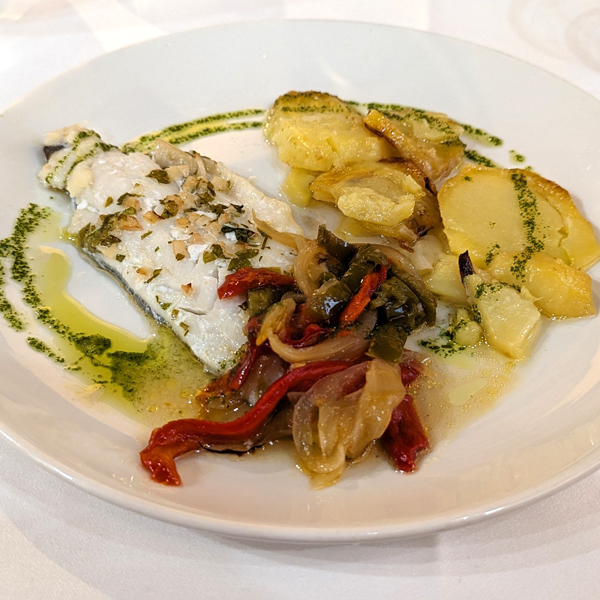

DAY 2 - Roncesvalles to Zubiri (21.7km)
Each morning, we had to drop off our luggage at the reception by 8 AM (8€/each) for the luggage delivery to the next accommodation. Also, to prevent blisters, I applied tape to my feet before setting off.

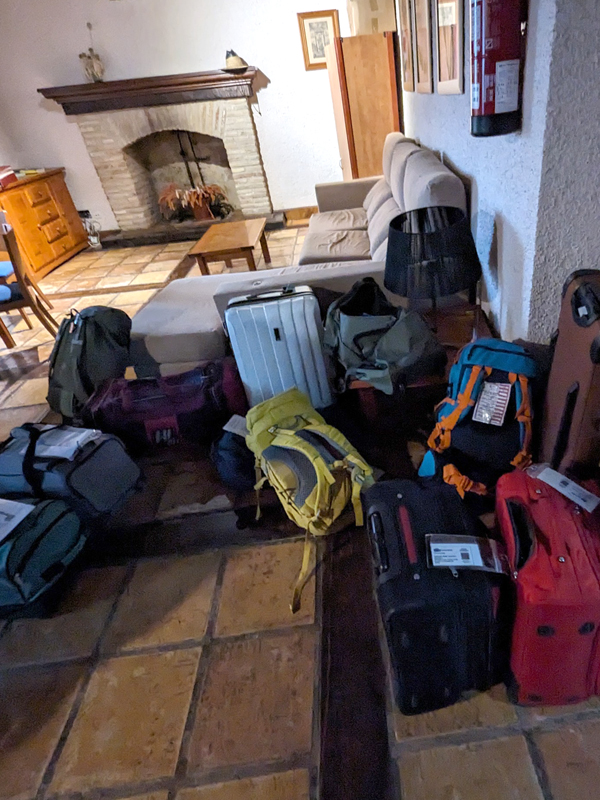

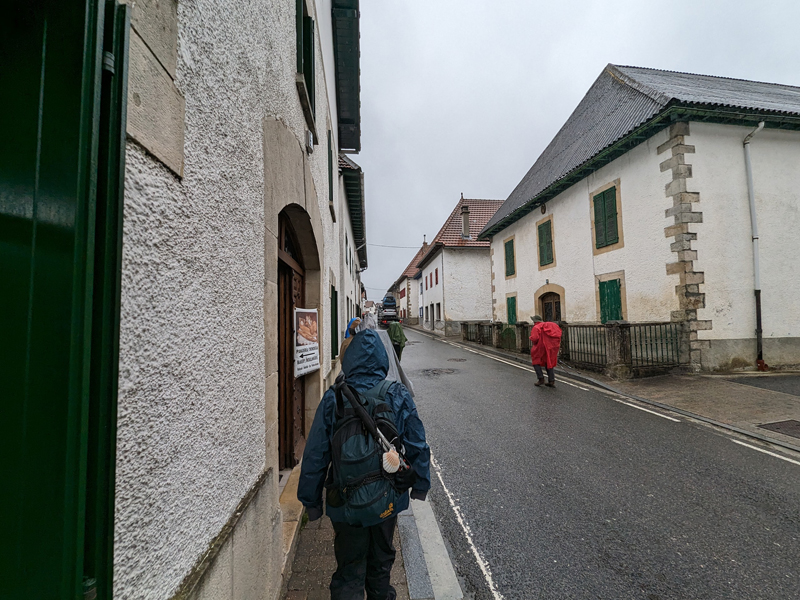
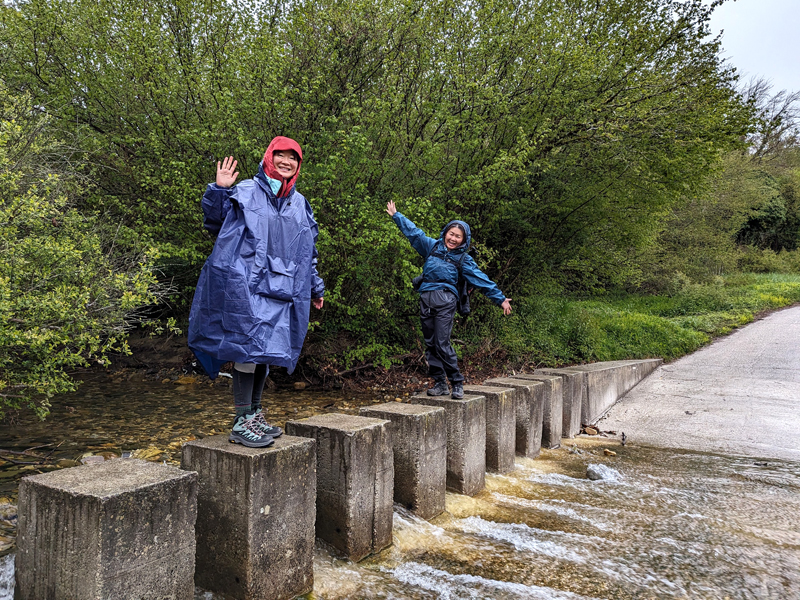
Roncesvalles to Zubiri: A Green Awakening
The trail from Roncesvalles to Zubiri is a verdant escape. Rolling hills, lush forests, and babbling brooks accompany pilgrims on this stretch of the Camino. The air is crisp, carrying the scent of pine and damp earth. As the path winds its way through quaint Basque villages, the warmth of local hospitality is evident. Each step brings a sense of peace and connection to the natural world. While the terrain can be challenging at times, the rewards are immense.

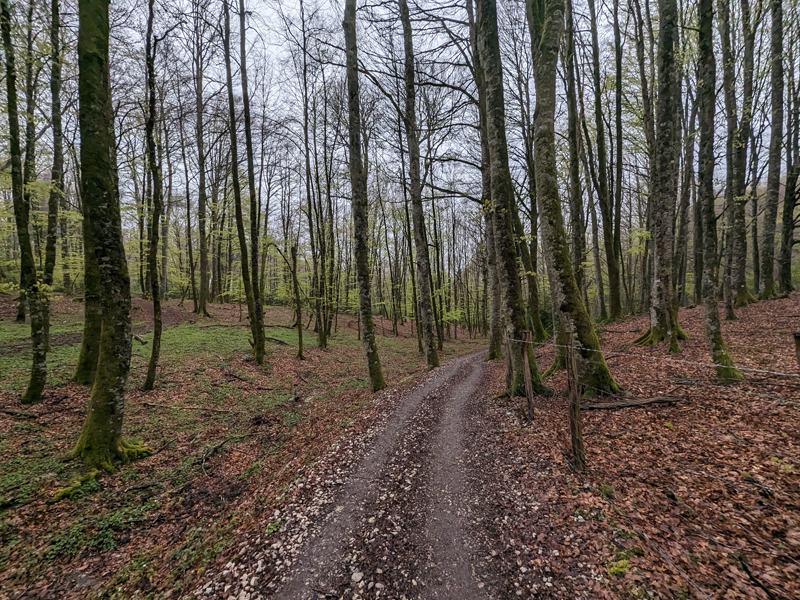
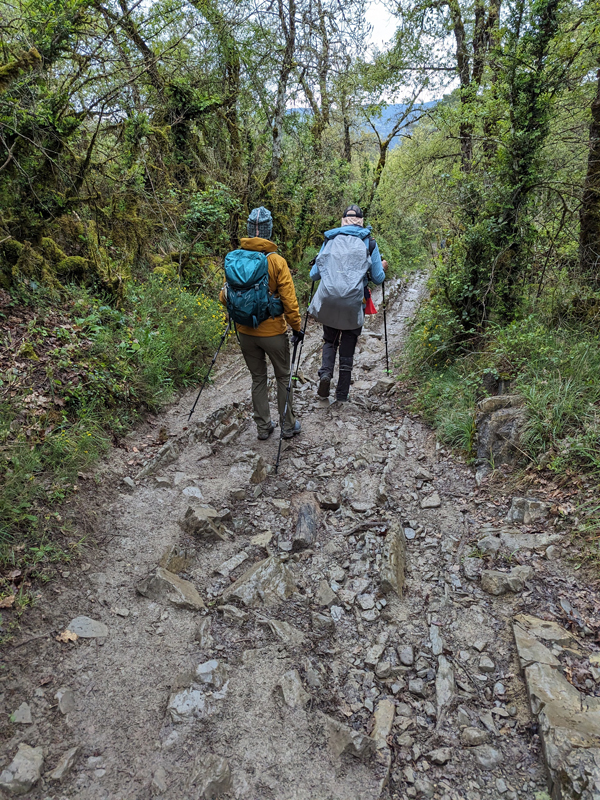
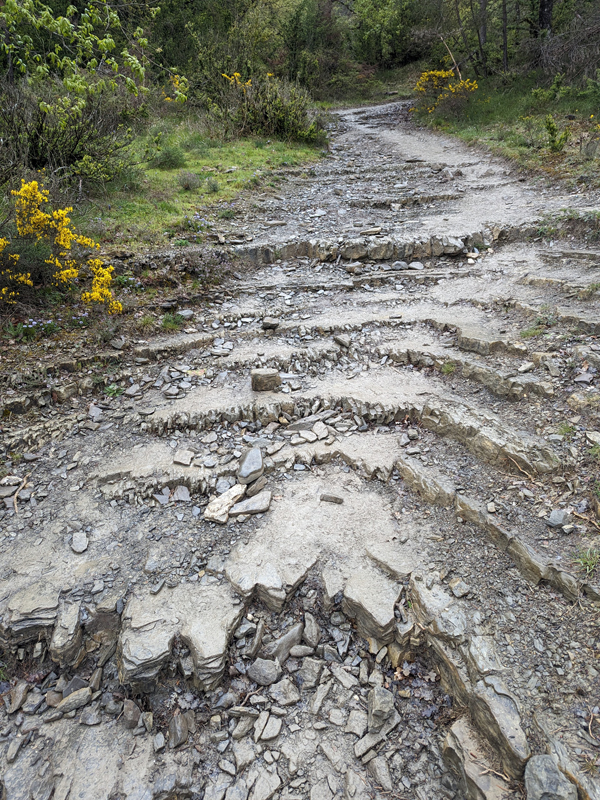
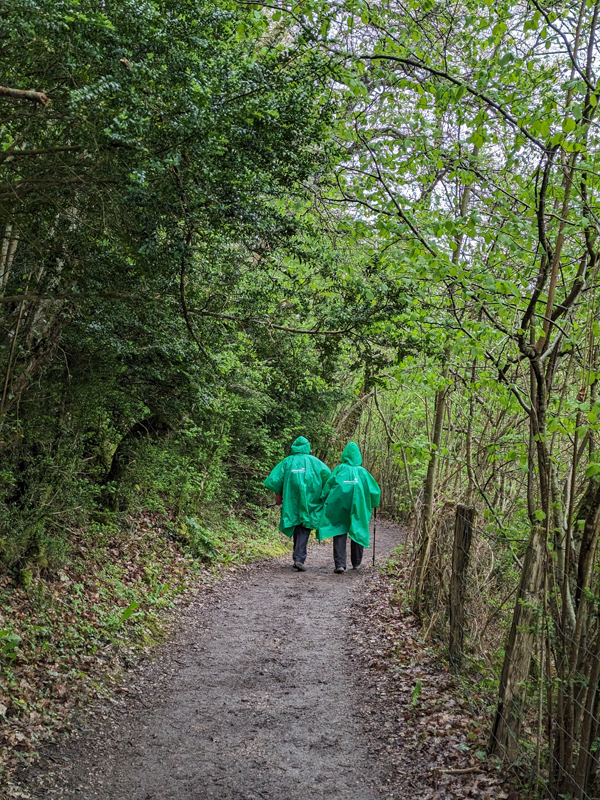
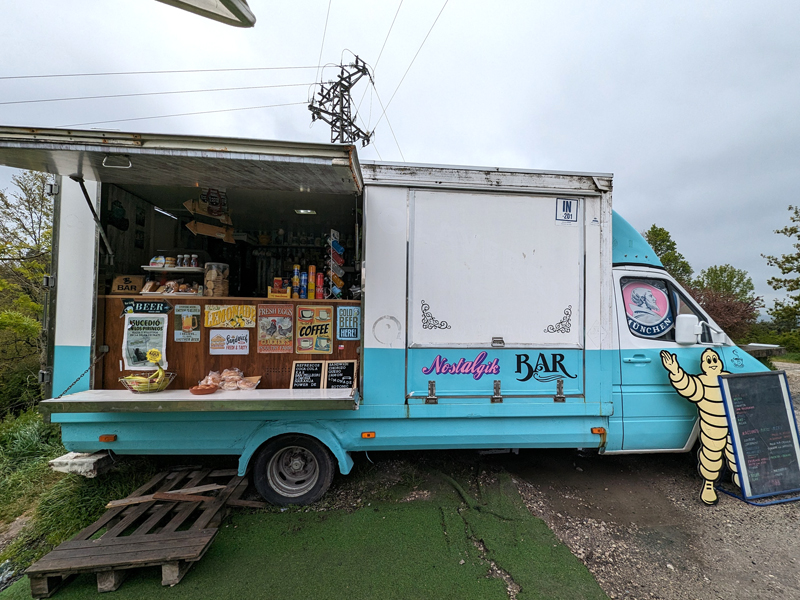
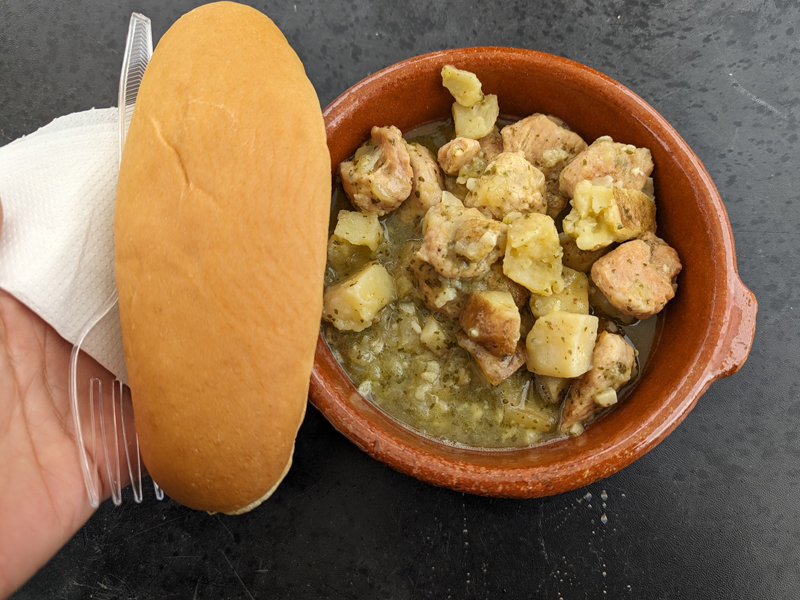
We made it! Zubiri!
Reaching Zubiri felt like a significant milestone. The quaint village offered a respite from the trail. That evening, Suseia Hostel proved to be more than just accommodation. The communal dinner brought together pilgrims from diverse backgrounds. At dinner, we shared a table with an Australian father and daughter who had conquered the Camino a decade prior. Their insights were invaluable, especially their recommendation to use Alsa, Spain's long-distance bus service. This tip proved incredibly helpful during my journey. As the night deepened, it was clear that the Camino was as much about the journey within as it was about the path ahead.
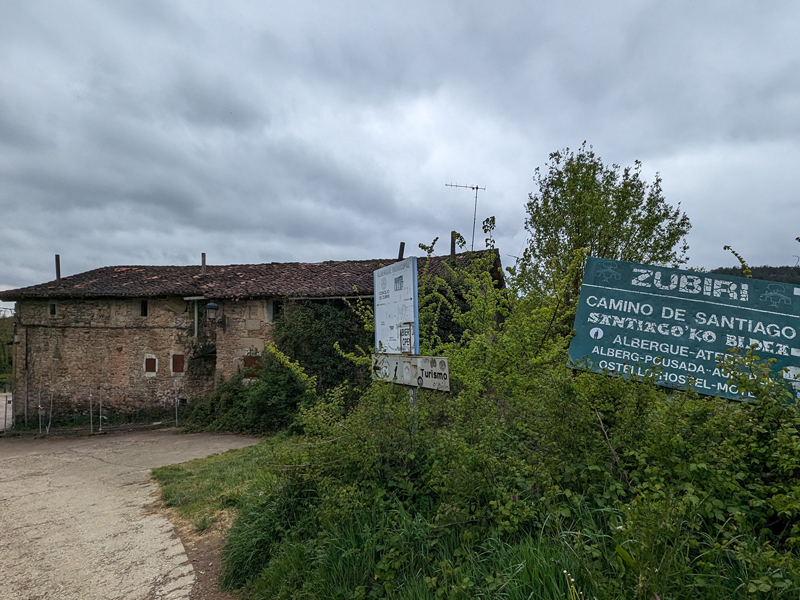
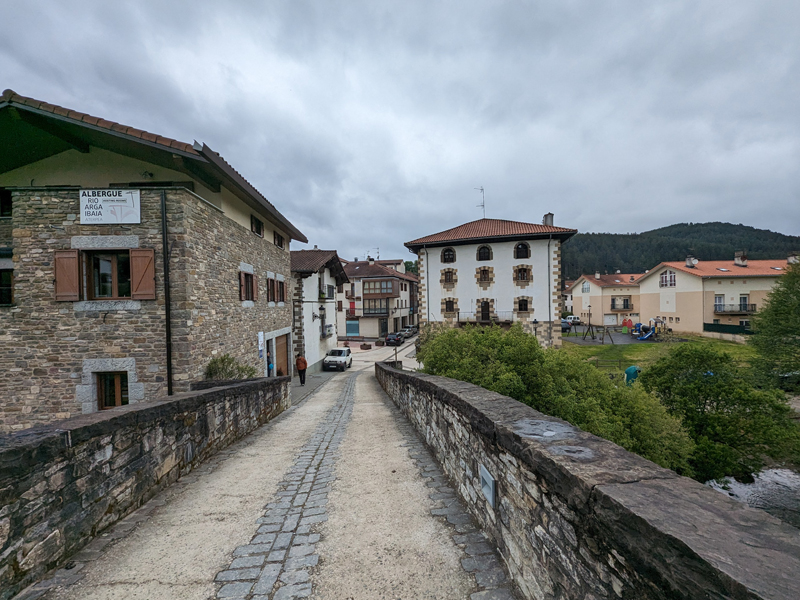
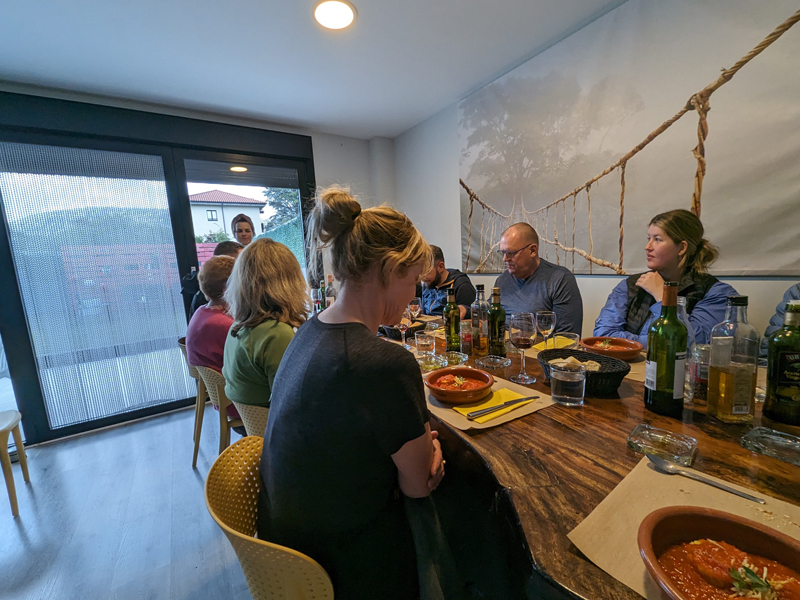
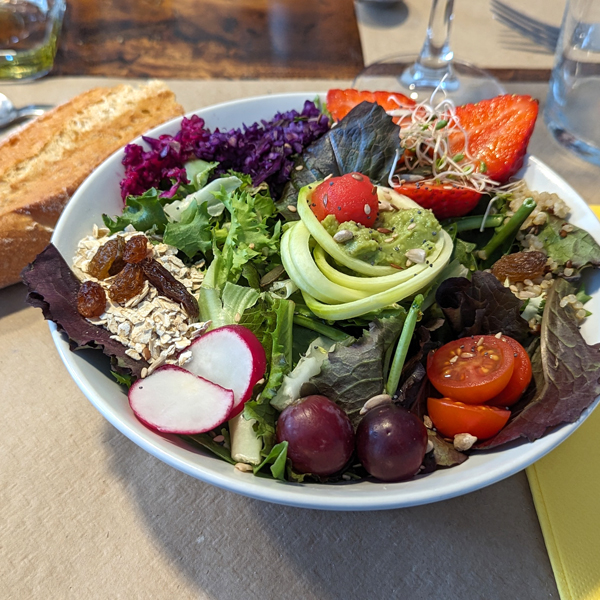
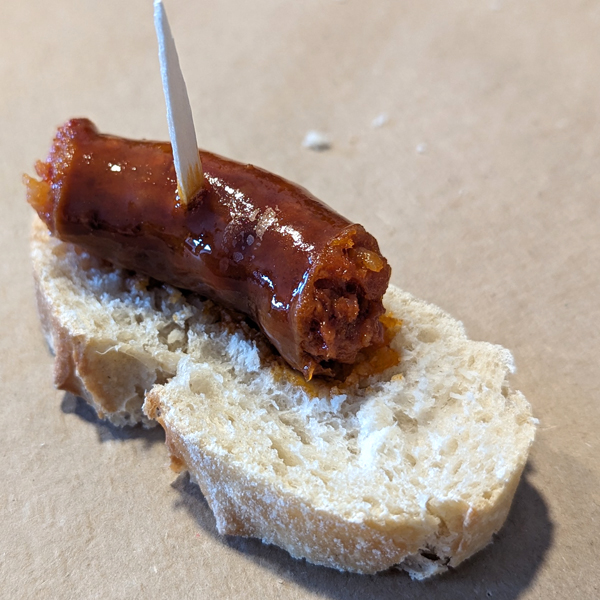
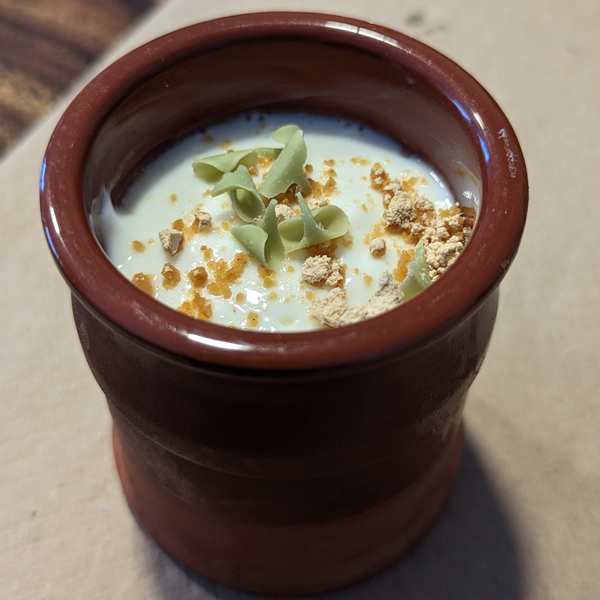
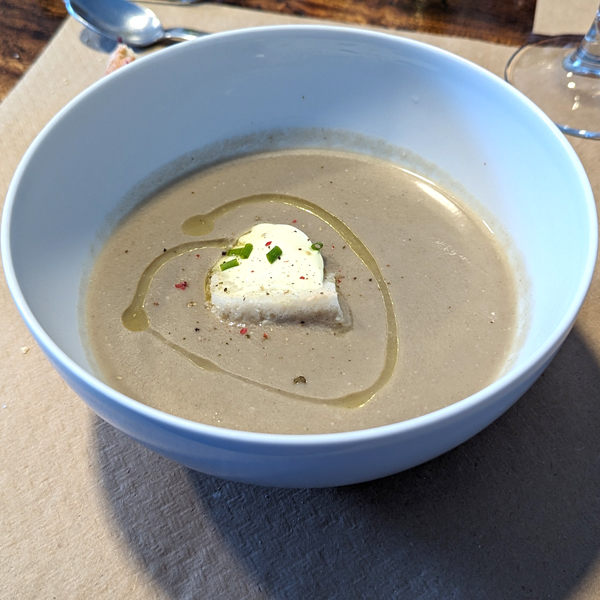
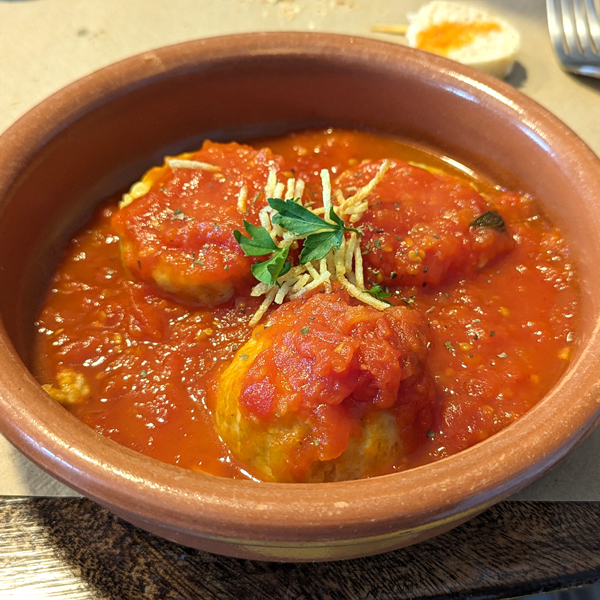
DAY 3 - Zubiri to Pamplona (21.8KM)
Zubiri to Pamplona: A River's Embrace
Leaving the charming village of Zubiri, the Camino follows the Arga River, creating a serene and picturesque path. The journey unfolds through a mix of lush forests, rolling hills, and charming Basque villages. As the trail nears Pamplona, the urban landscape begins to emerge, offering a contrast to the rural tranquility. The anticipation of reaching this historic city adds an extra spring to the pilgrim's step.
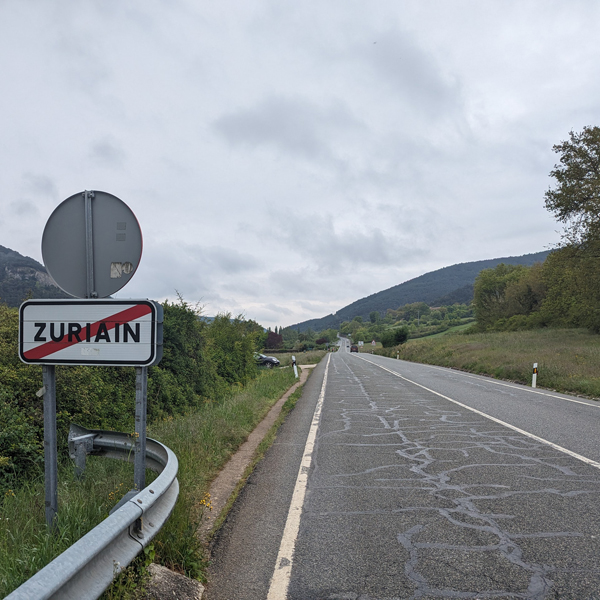
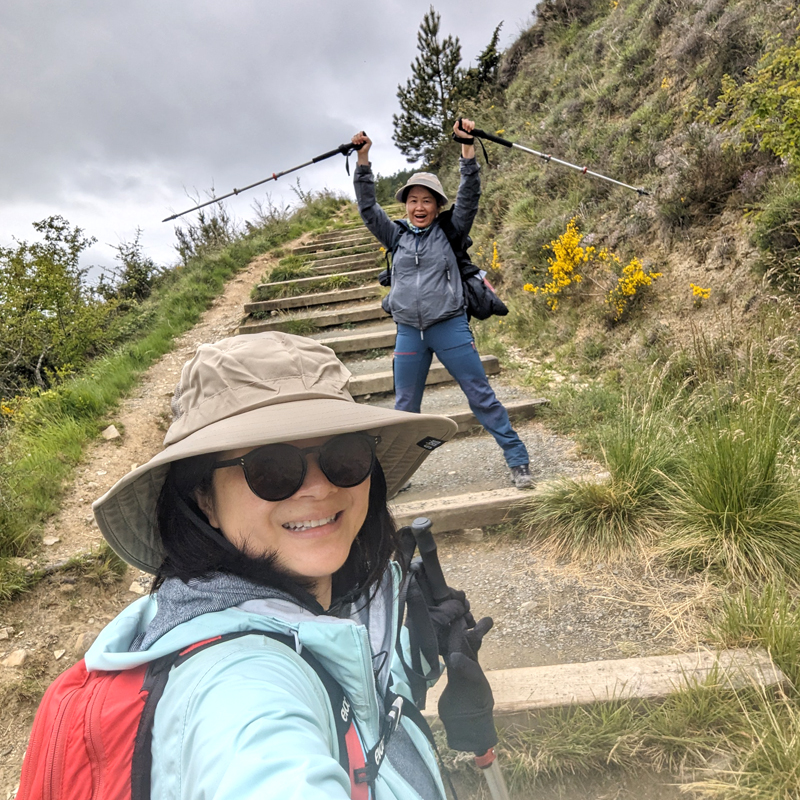
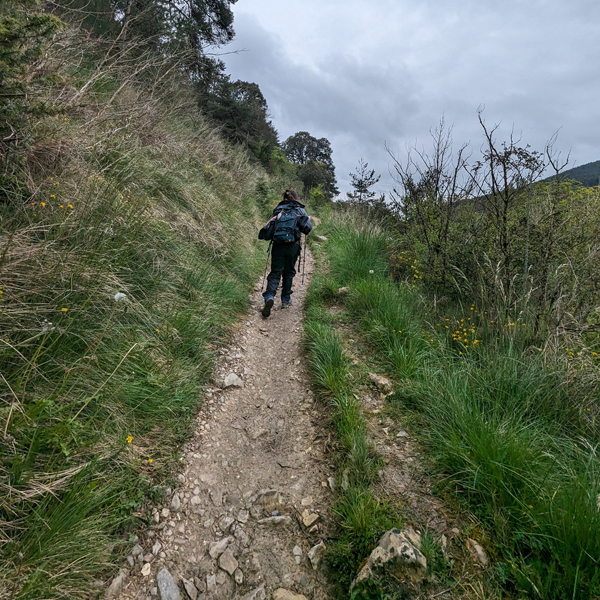
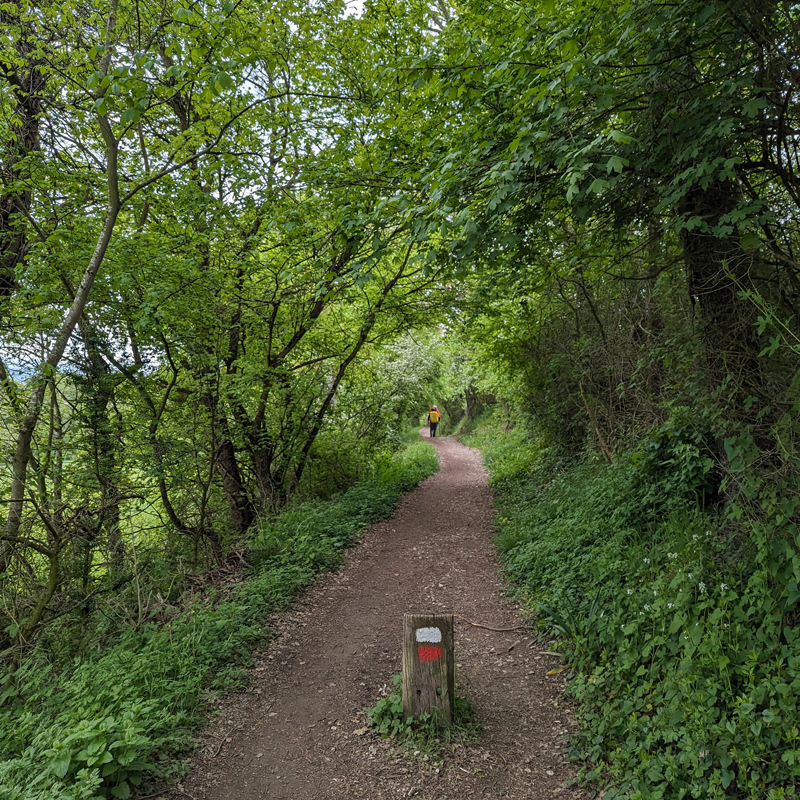
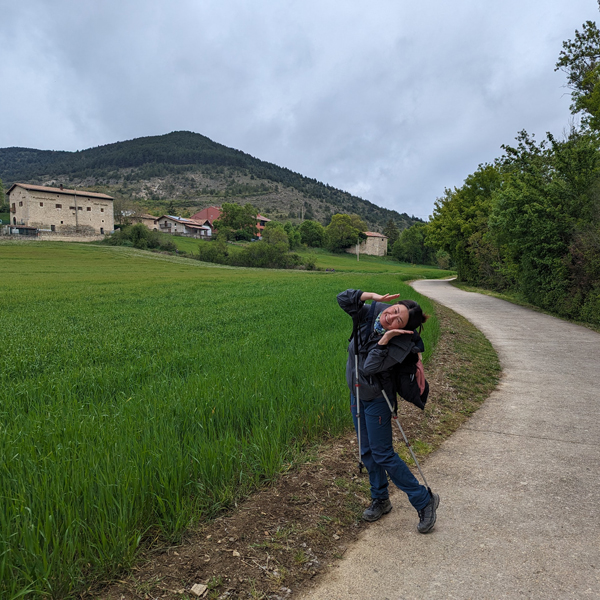
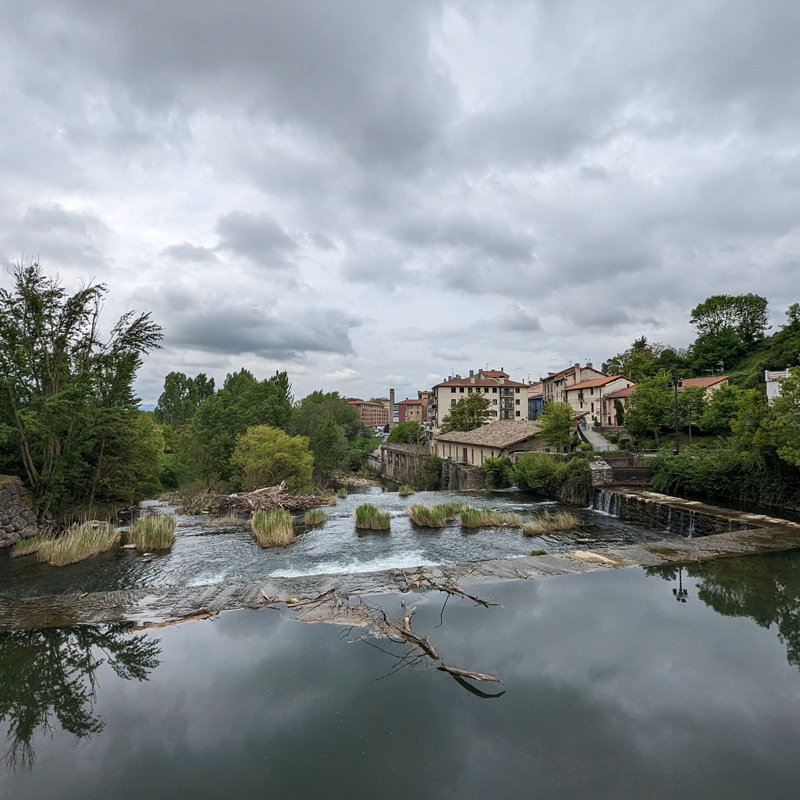
Finally in Pamplona!
The city's vibrant energy is a stark contrast to the quiet Camino paths. After days of walking, it feels incredible to explore bustling streets and immerse myself in rich history. Pamplona offers a well-deserved reward for the journey so far.
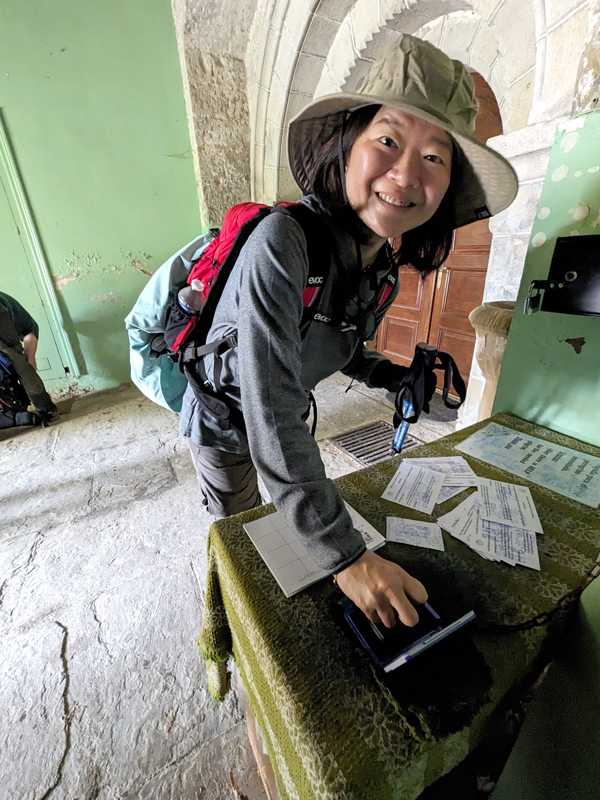

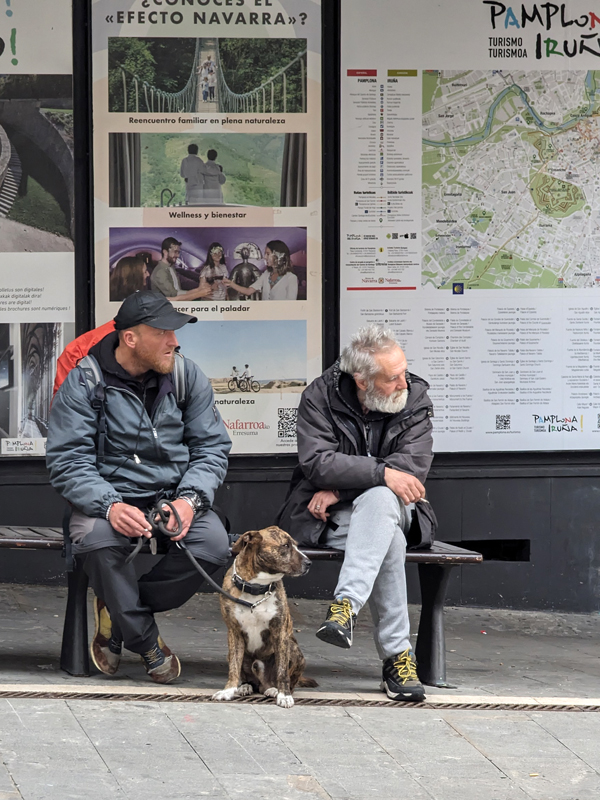
DAY 4 - Pamplona - Leon - Cacabelos (501KM)
To expedite our Camino from 30 to 14 days, we opted to rent a car and drive from Pamplona to Leon. From there, we'd continue our pilgrimage by taking an ALSA bus to Cacabelos. Combining driving and bus travel would cover 501 kilometers in about 8 hours, significantly shortening our journey.
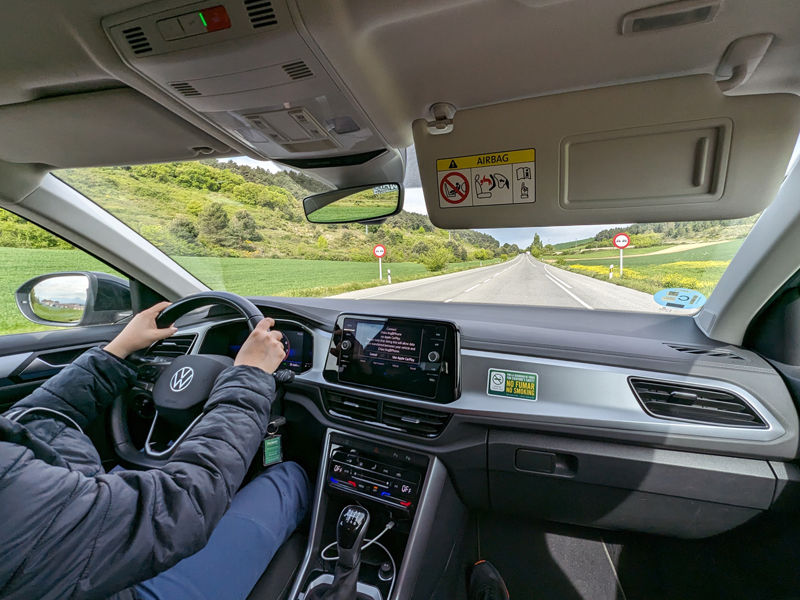
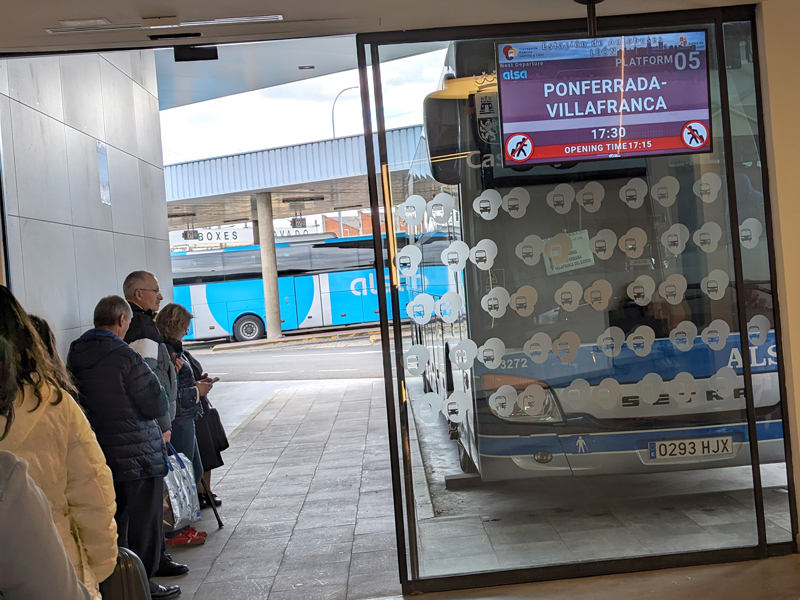
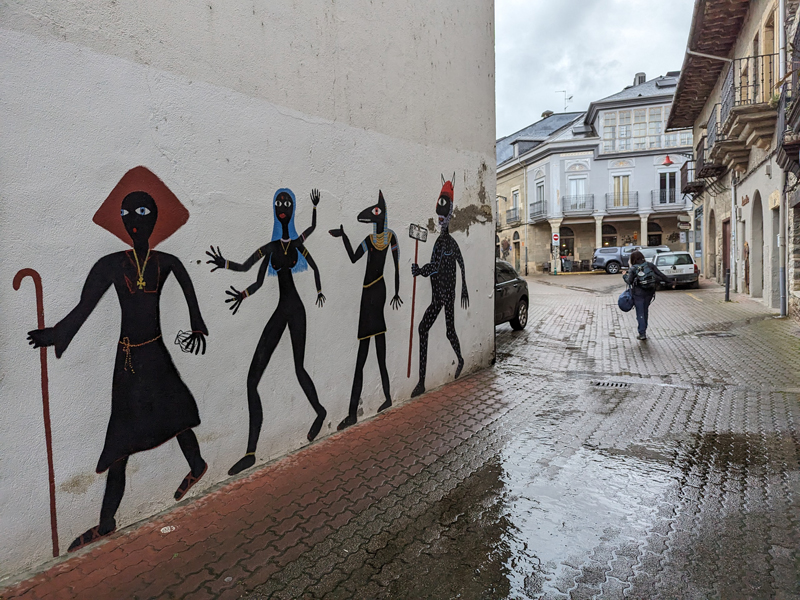
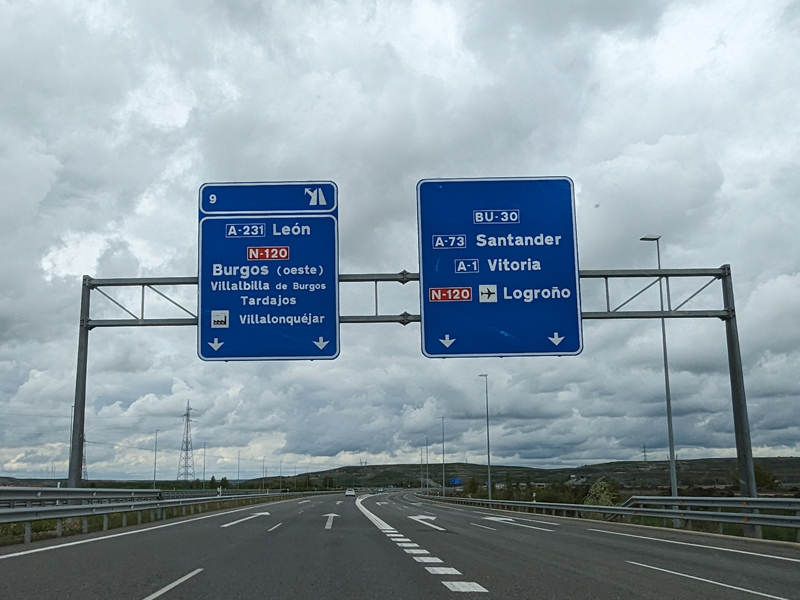
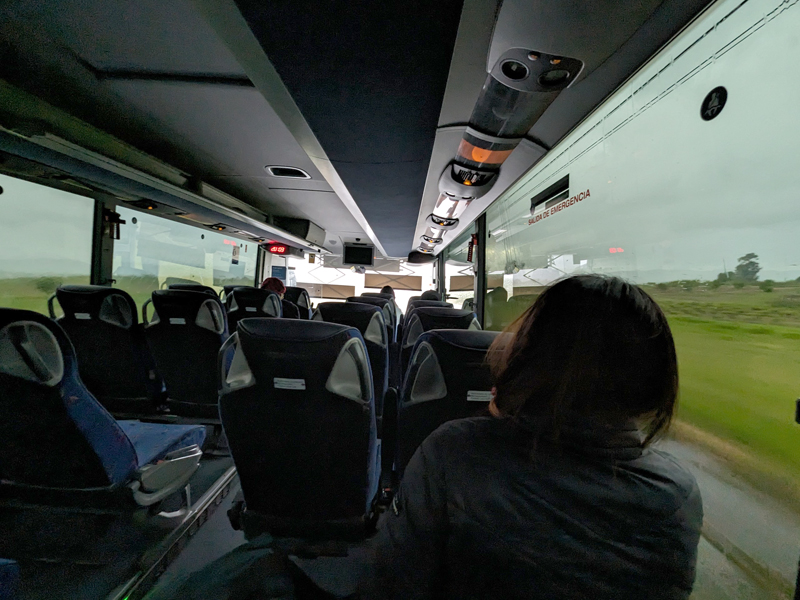
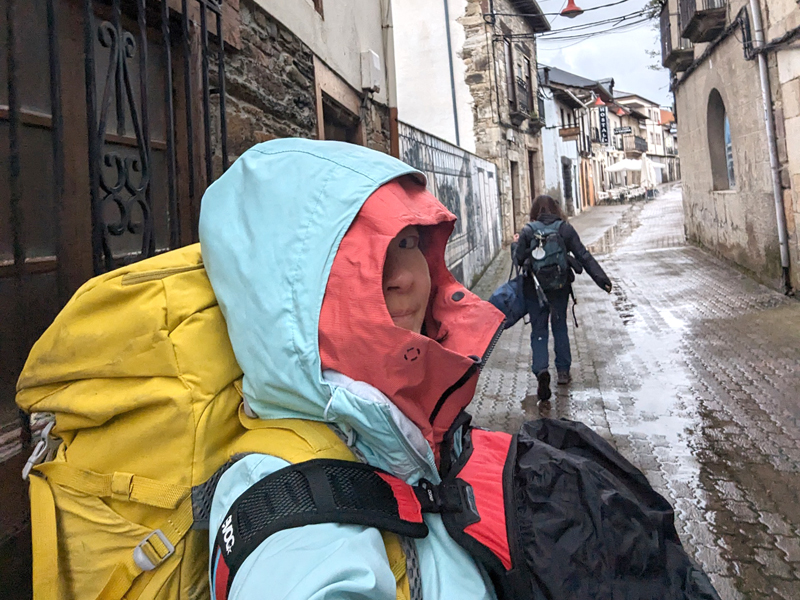
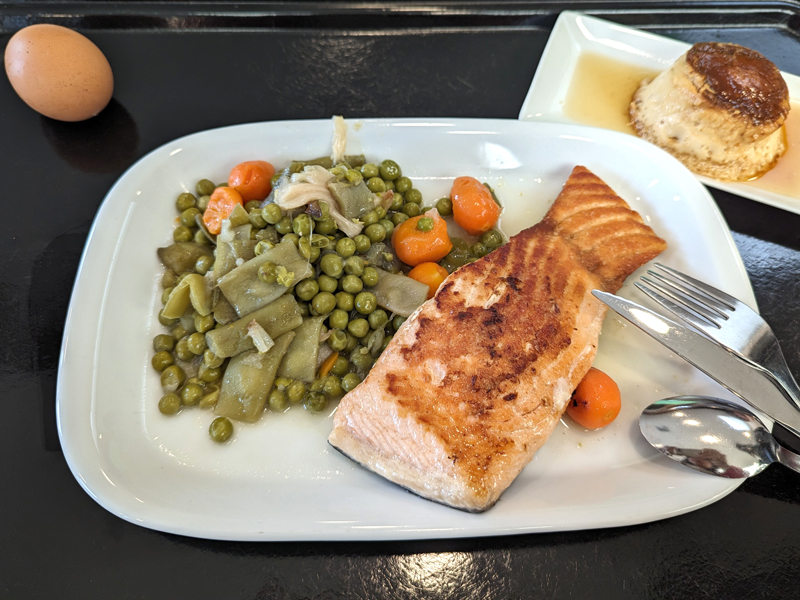
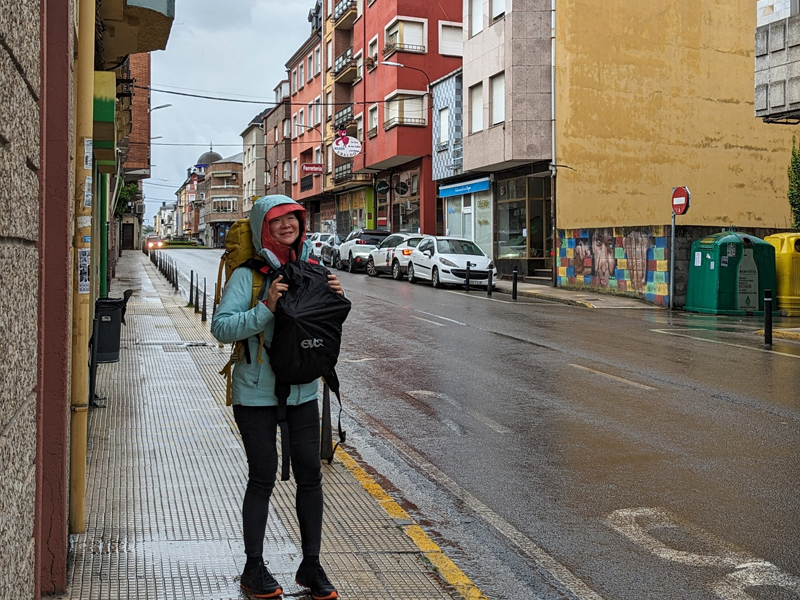
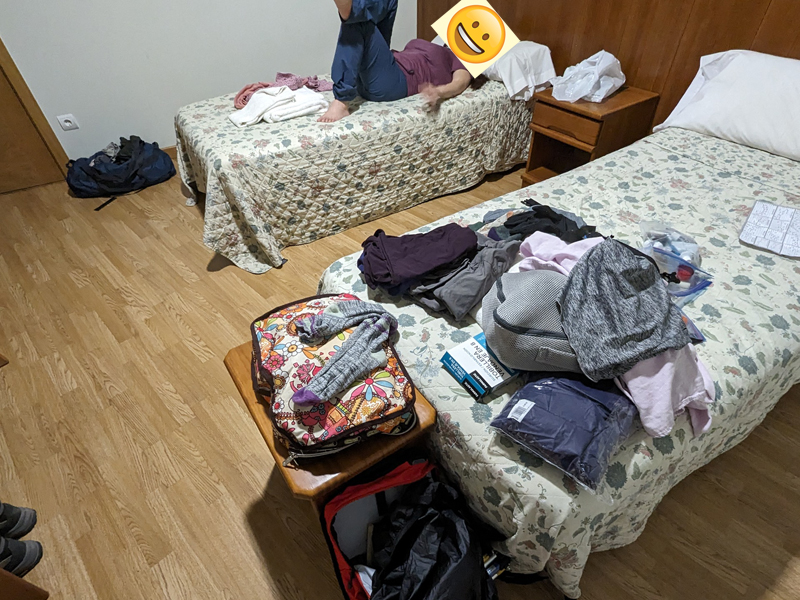
DAY 5 - Cacabelos to Valcarce (25KM)
The walk from Cacabelos to Valcarce is a journey through rolling vineyards and picturesque landscapes. The Camino here is less crowded, offering a quieter pilgrimage experience. The air is filled with the sweet scent of grapes, and the region's renowned wines are a tempting reward at the end of each day. As the path climbs steadily, the views become increasingly breathtaking, making every step worthwhile.
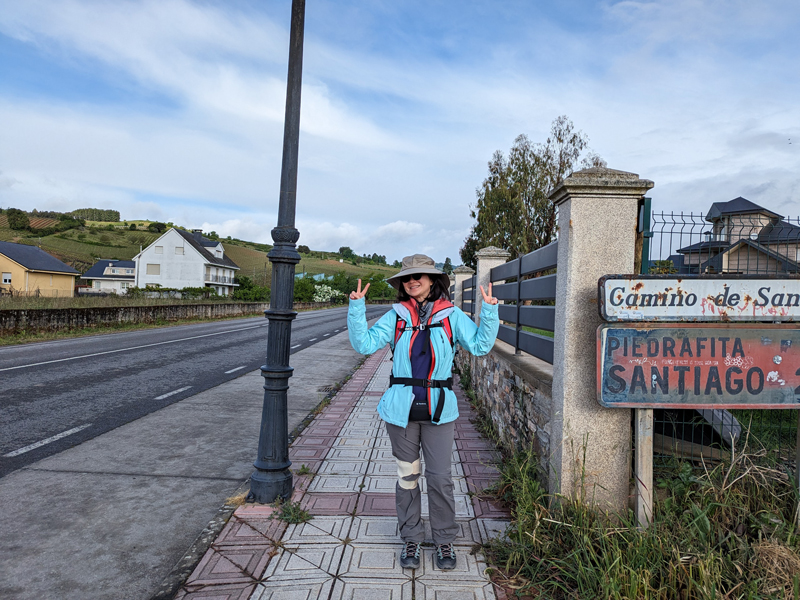
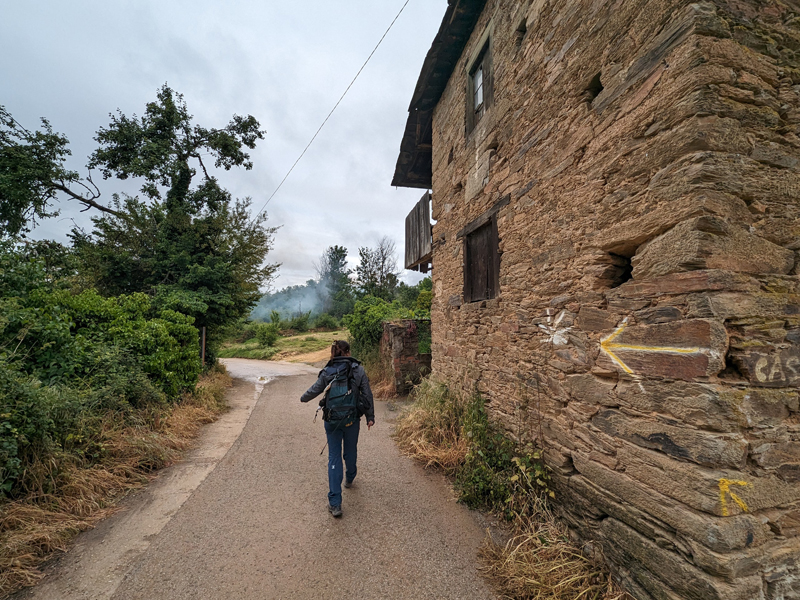
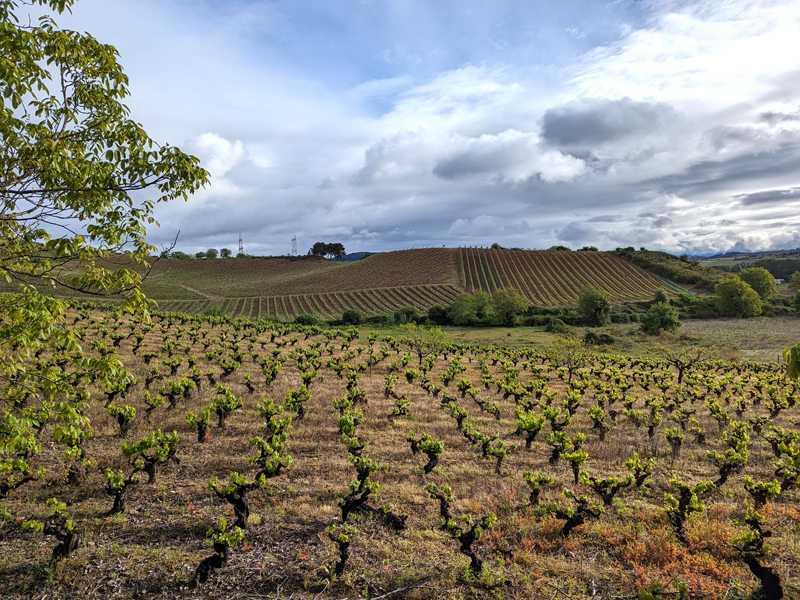
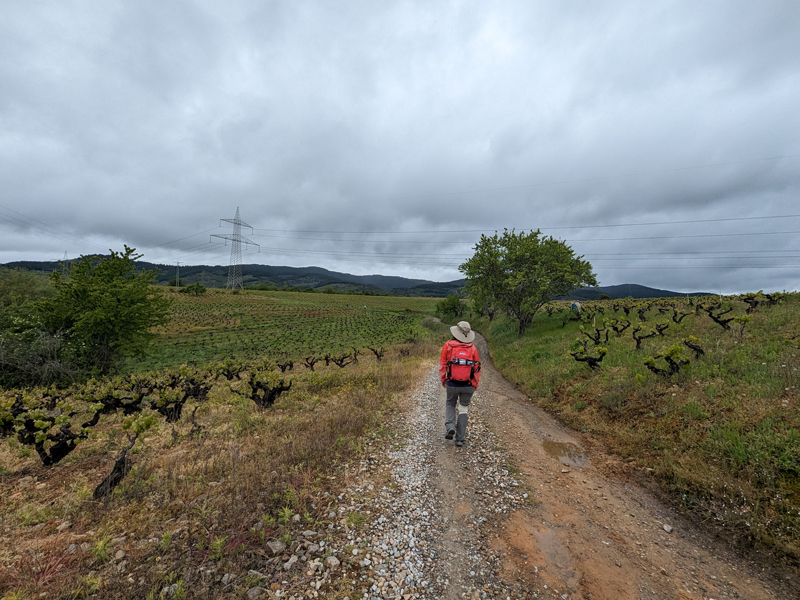
Villafranca del Bierzo
Approaching Villafranca del Bierzo is a delightful surprise. This charming town, nestled amidst rolling hills and vineyards, offers a welcome respite. Its historic center, with its cobbled streets and quaint squares, invites exploration. As a pilgrim, it's a perfect place to rest and recharge before tackling the upcoming challenges. The town's warm atmosphere and delicious local cuisine make it a memorable stop on the Camino.
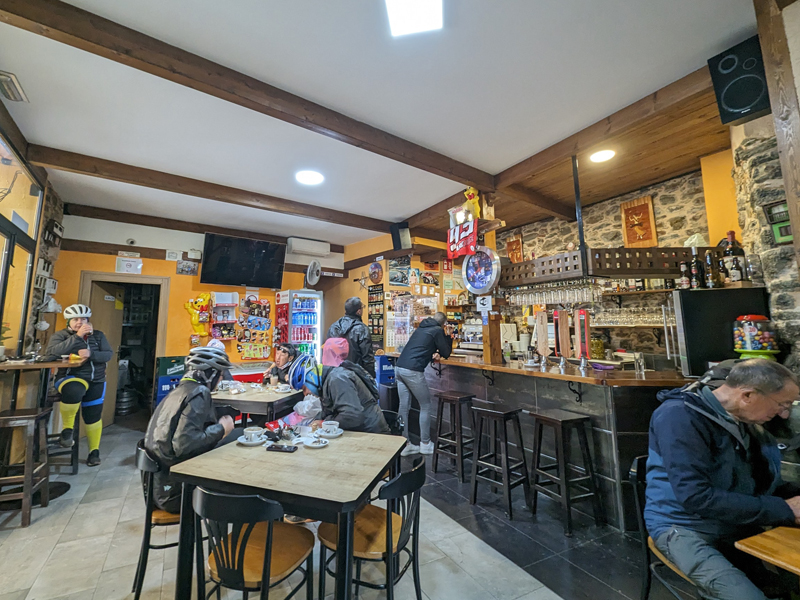
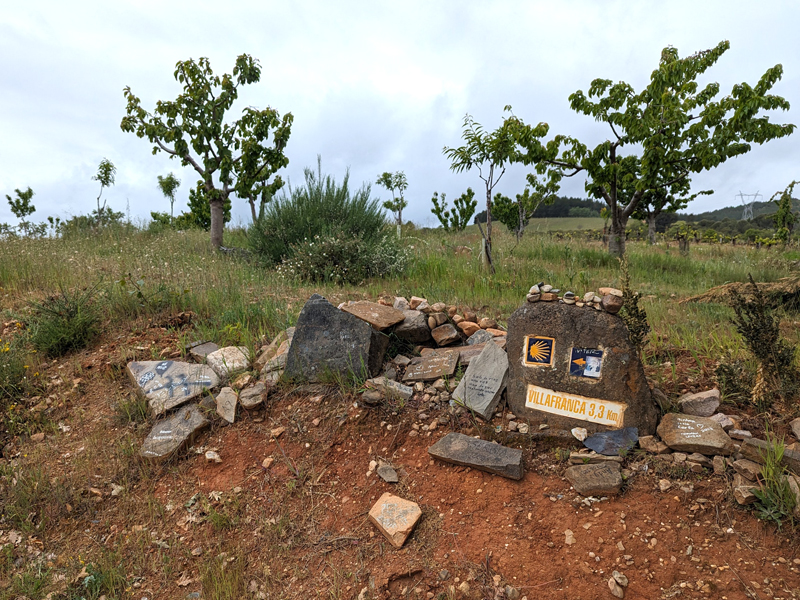
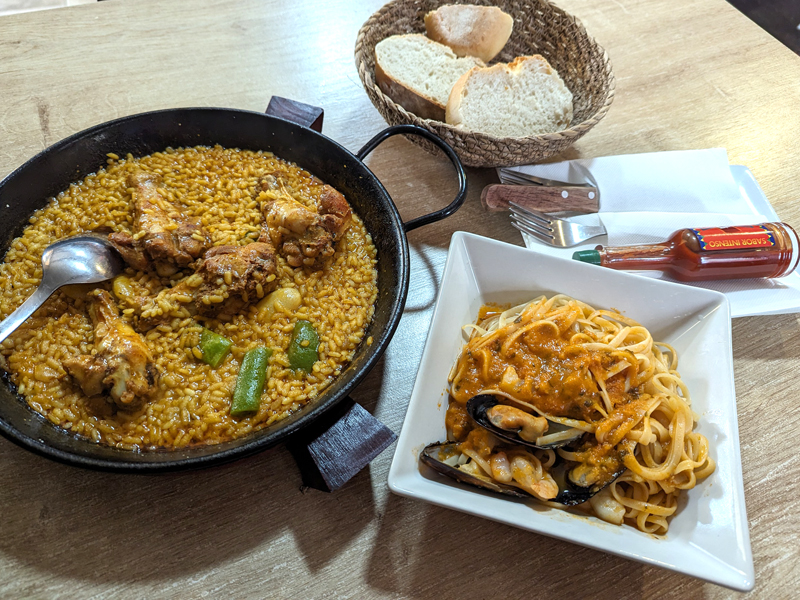
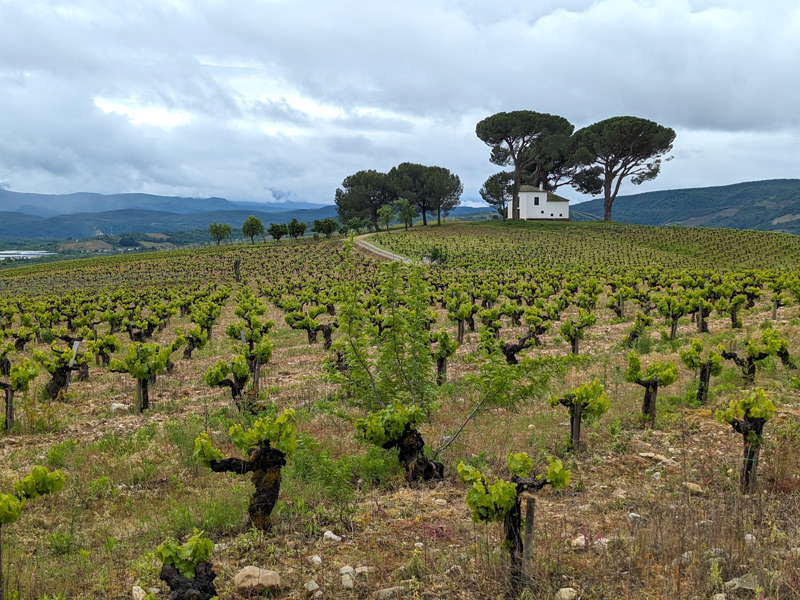
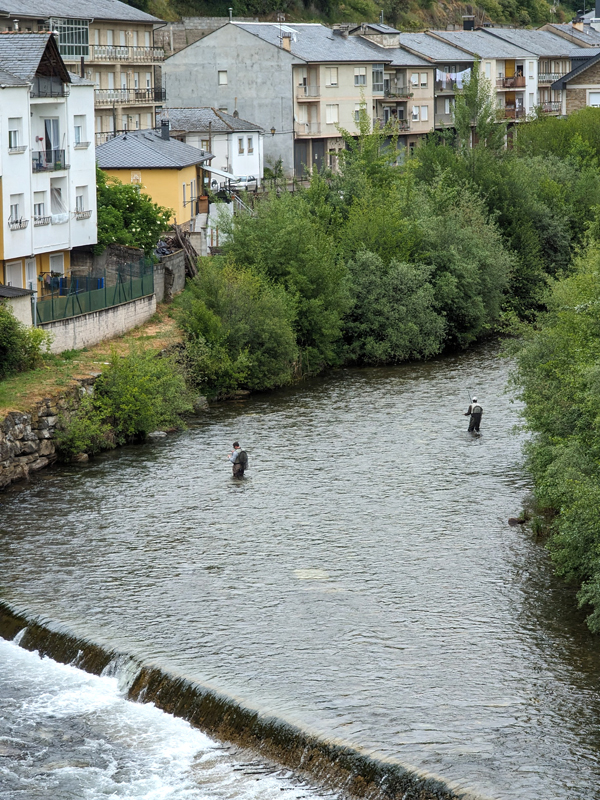
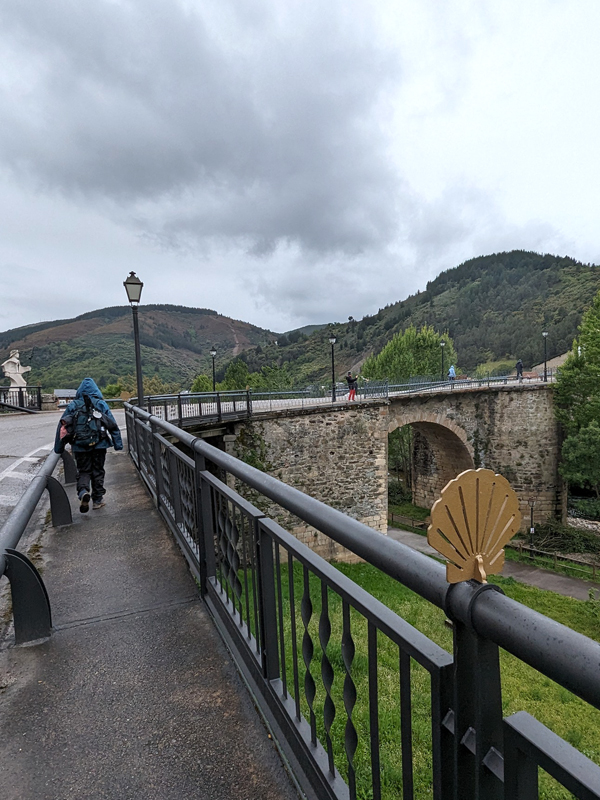
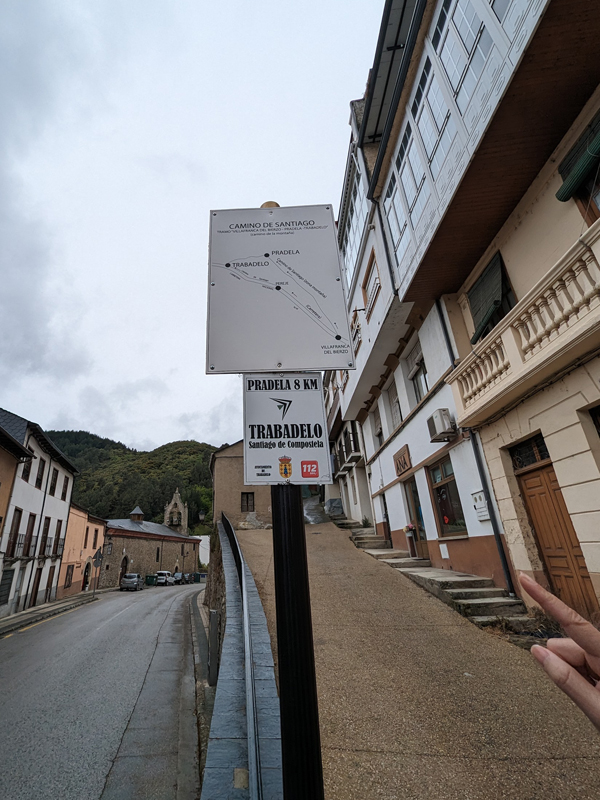
Alto Pradela: A Demanding Detour
The Alto Pradela variant is a challenging detour that begins with a steep, 400-meter ascent, extending the journey by 1.5 kilometers compared to the historical route. Before descending sharply into Trabadelo, the path winds through the quaint village of Pradela.
I advise against this option for inexperienced pilgrims or those aiming to cover the entire Villafranca to O Cebreiro stage in one day. The climb is brutal, and ample water is essential. Trust me, I learned this the hard way!
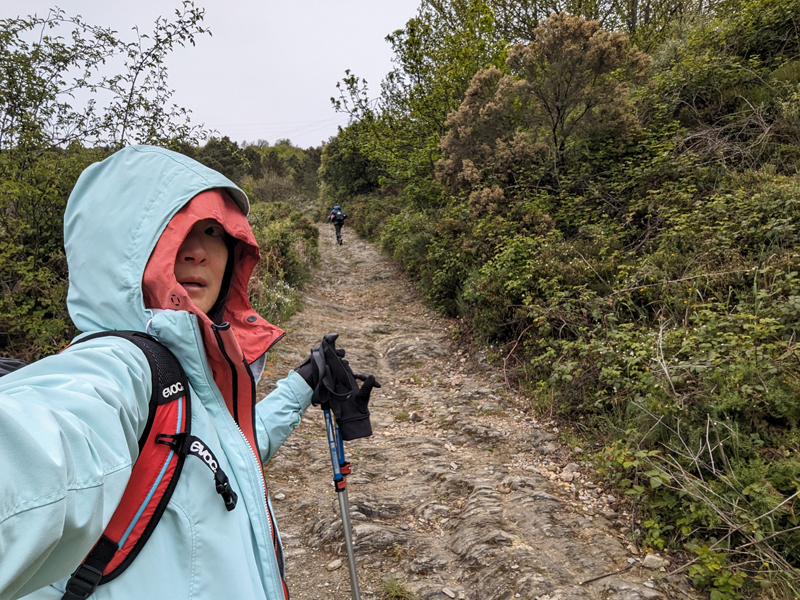
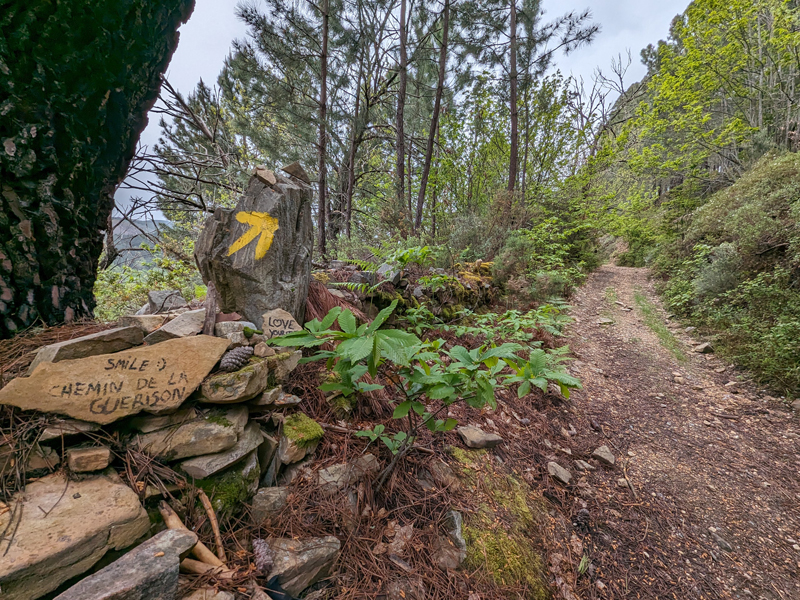
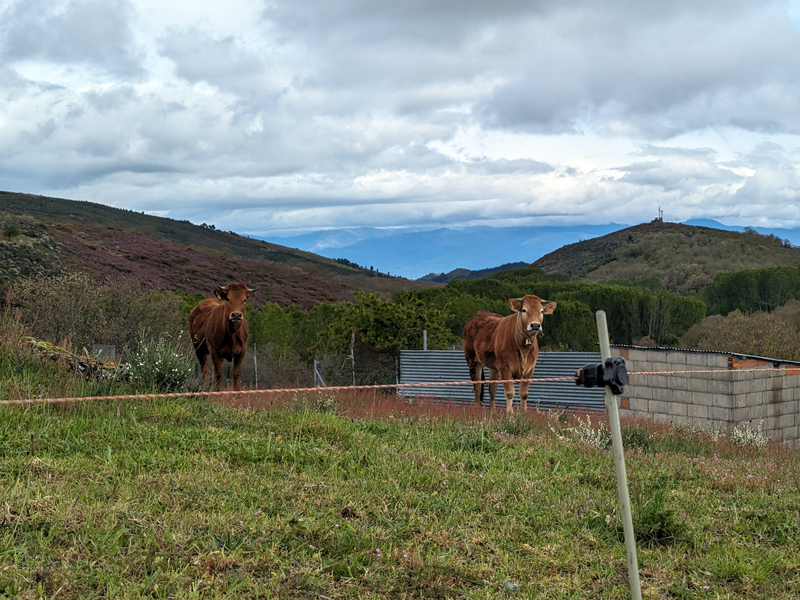
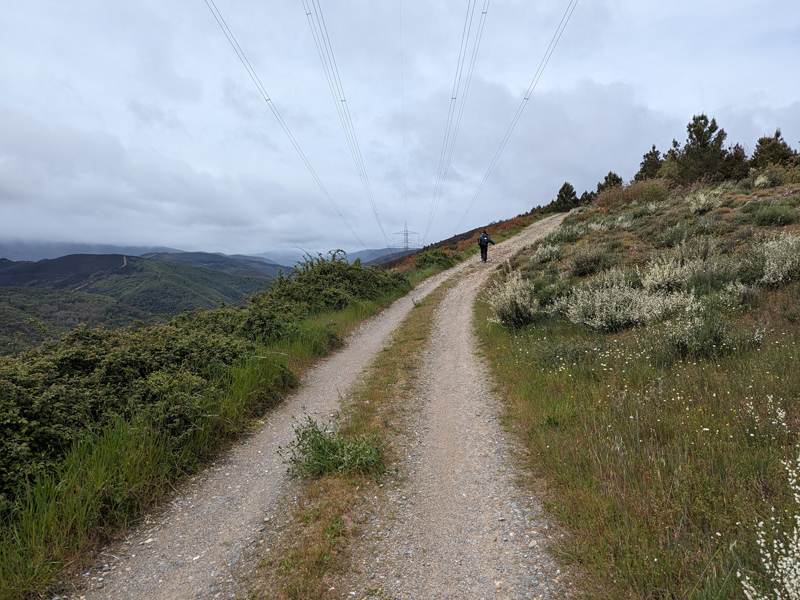
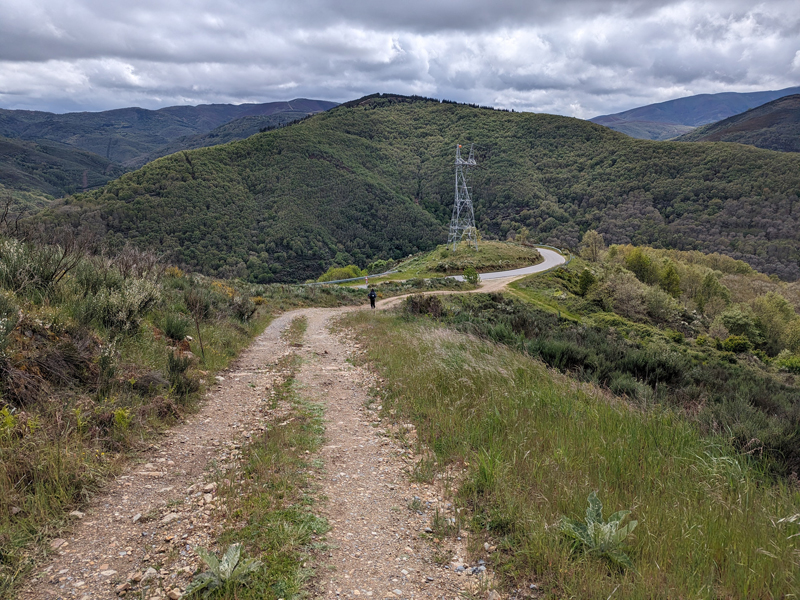
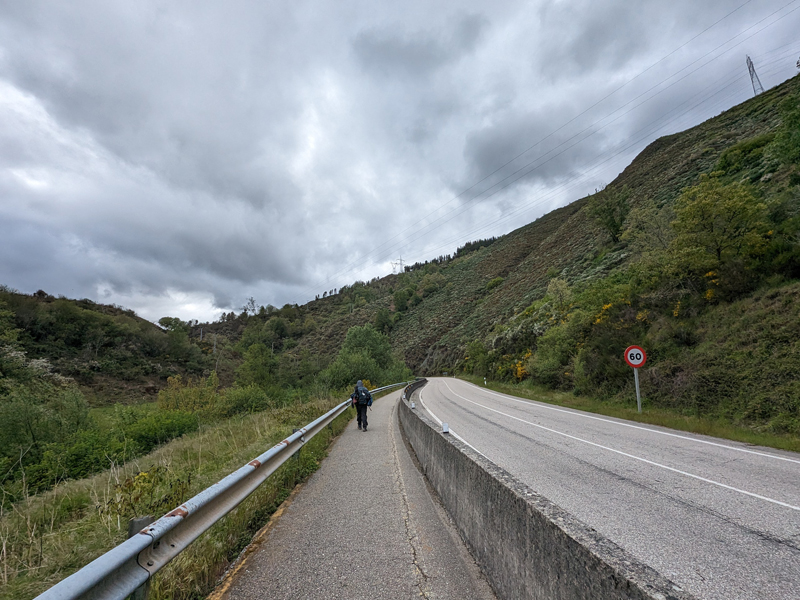
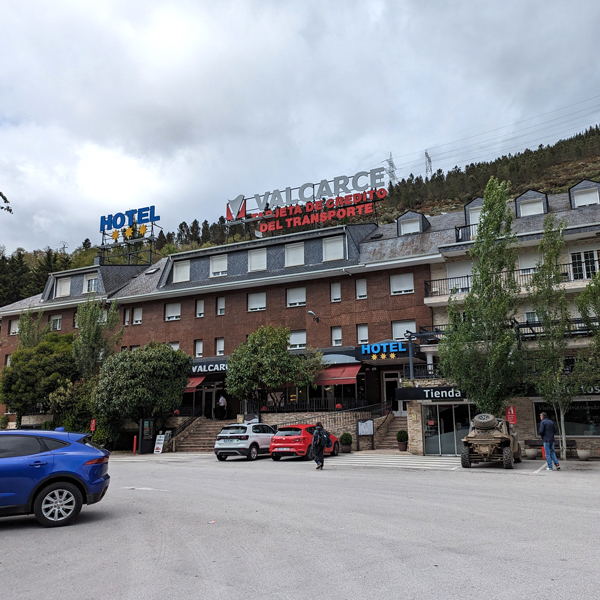
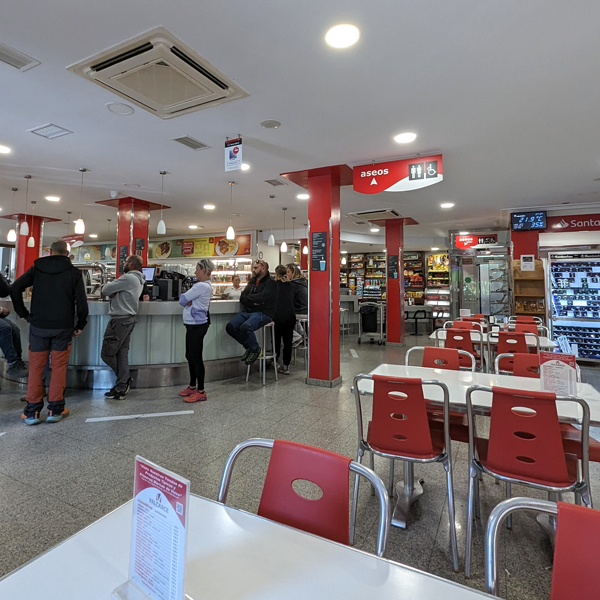
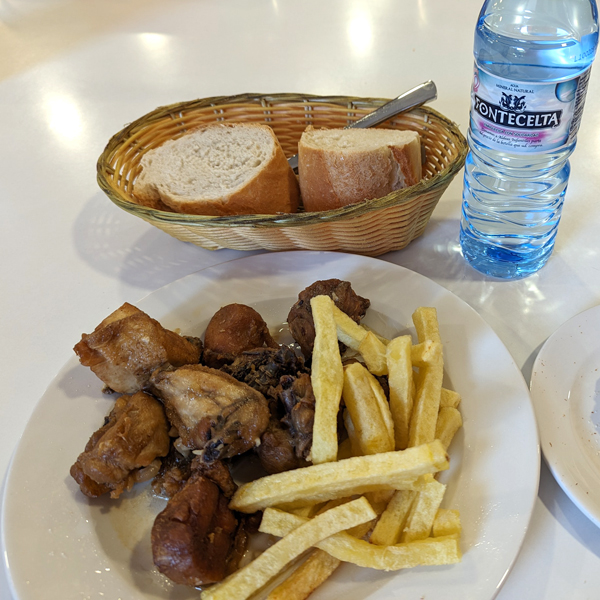
DAY 6 - 8 Valcarce - Lugo
The grueling Alto Pradela route took its toll, I unfortunately sustained a leg injury that forced me to pause my Camino journey. Determined to continue, I researched alternative options. My plan: a three-day recovery in Lugo, accessible by ALSA bus, followed by a train ride to Sarria to reunite with my friend and hit the trail together.
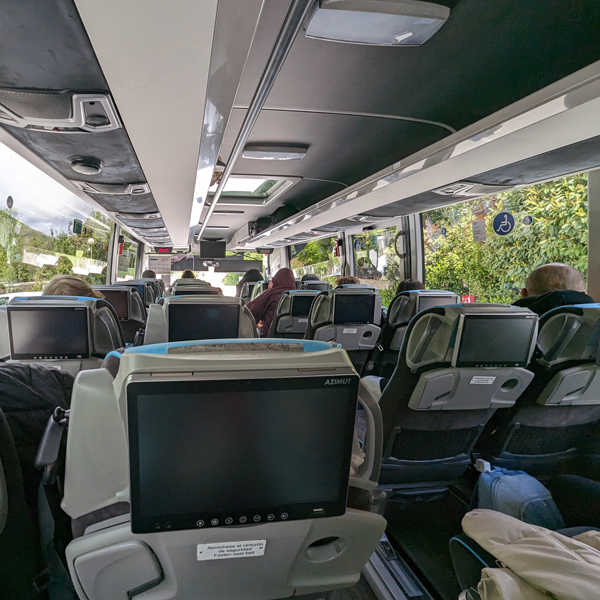
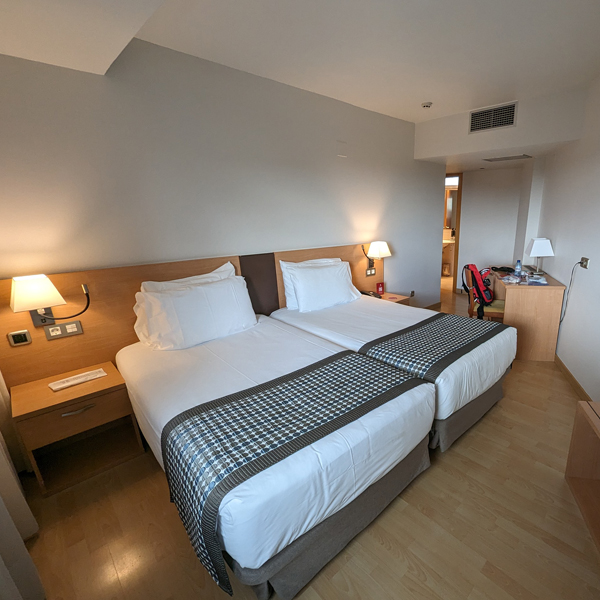
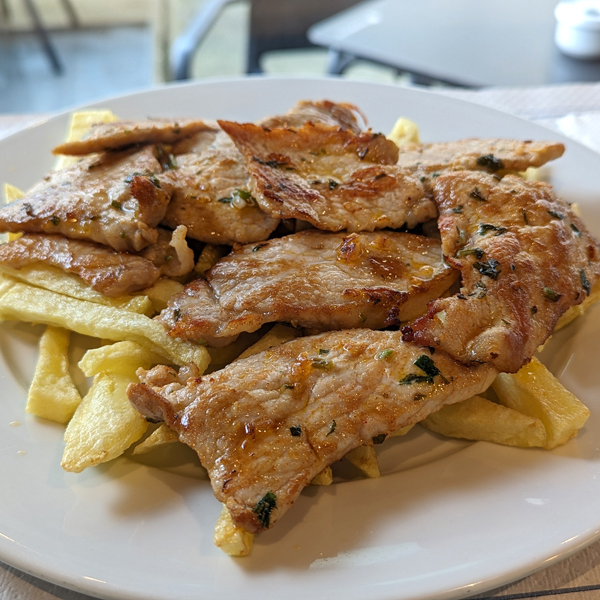
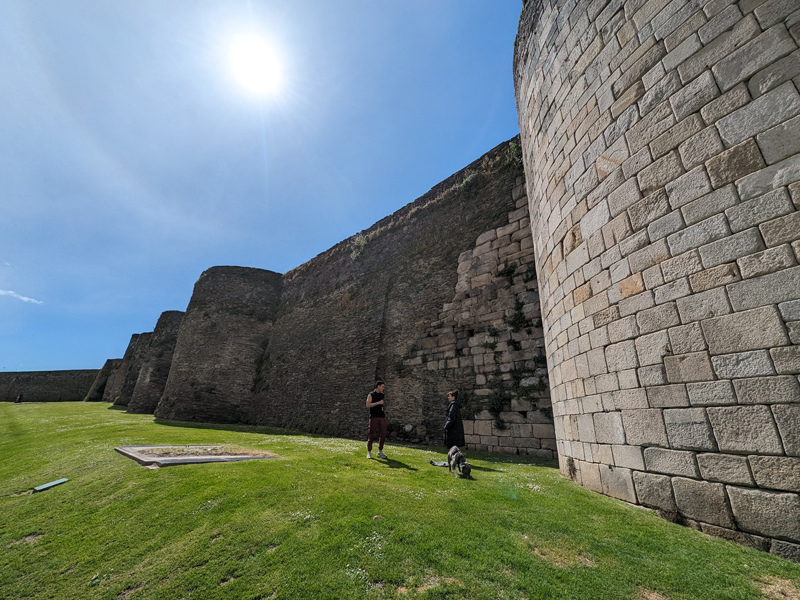
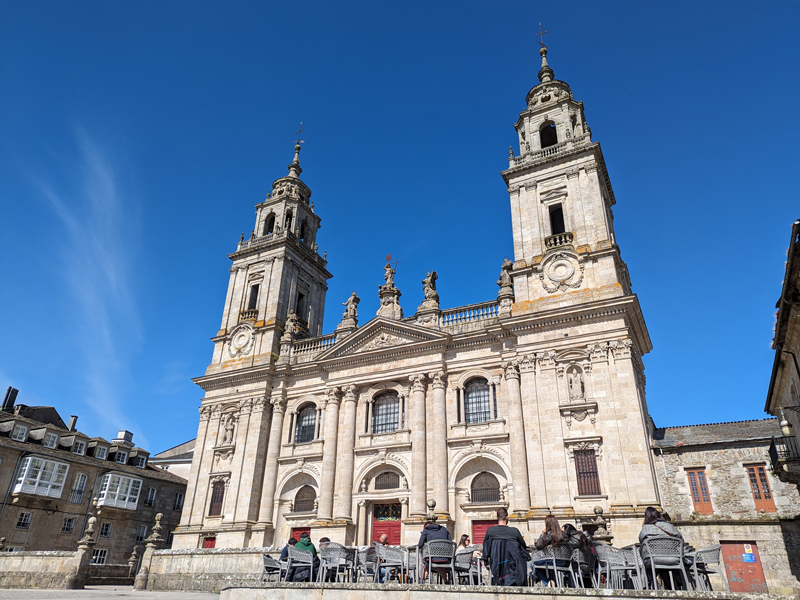
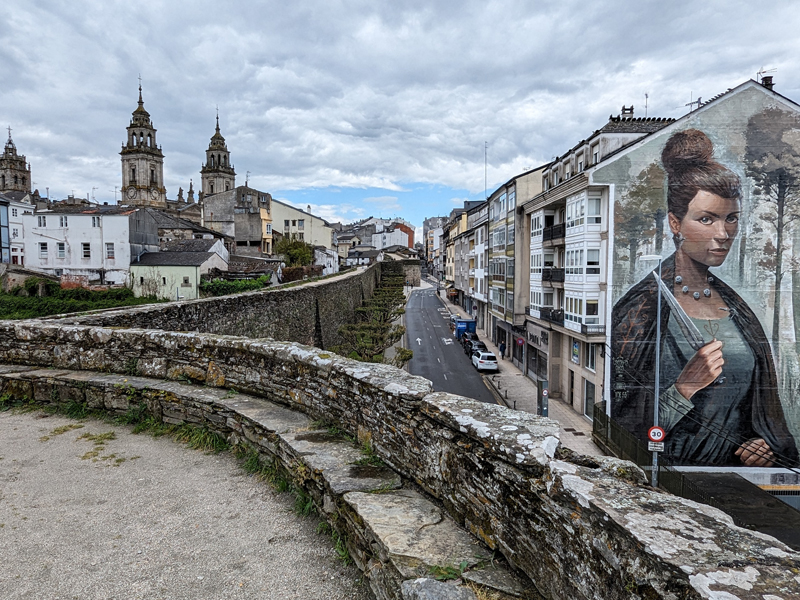
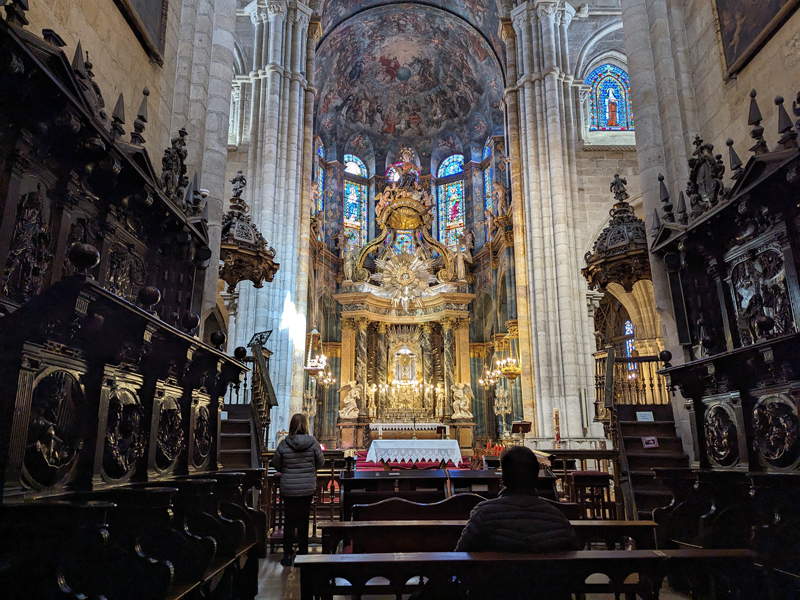
Camino Setback: From Injury to Recovery (LUGO!)
I spent 3 relaxing days in Lugo, which helped my feet recover significantly. I enjoyed leisurely sightseeing each day and indulged in delicious local cuisine. Lugo is a charming city. On my final day, I took a bus to Sarria. Carrying both backpacks while walking over 30+ minutes from the bus stop to the hotel to meet my friend proved to be quite a challenge.
